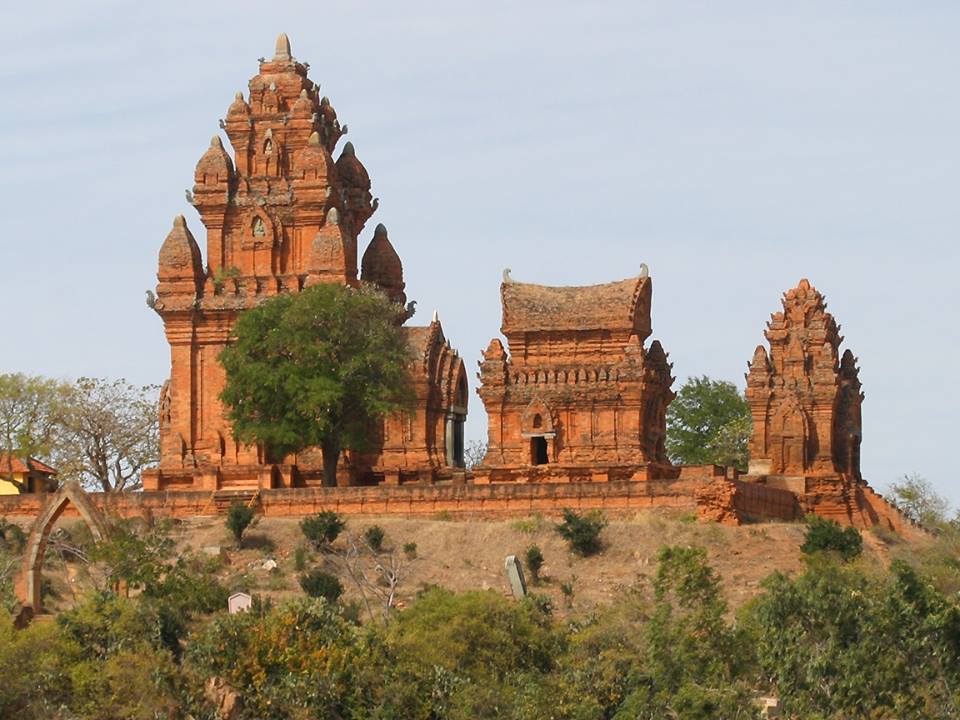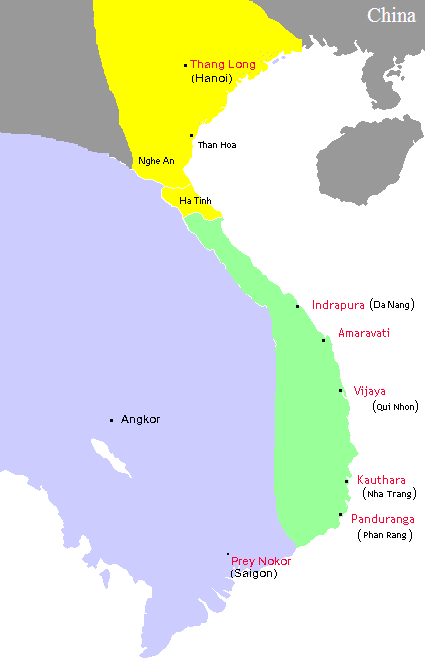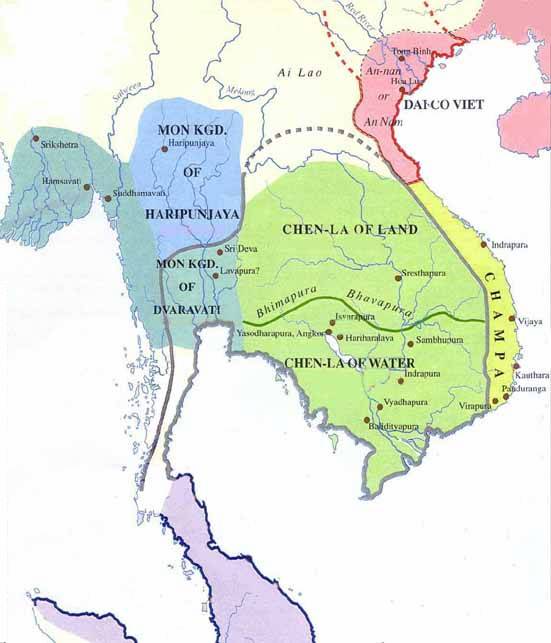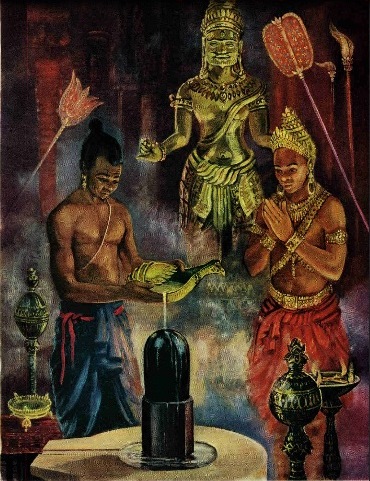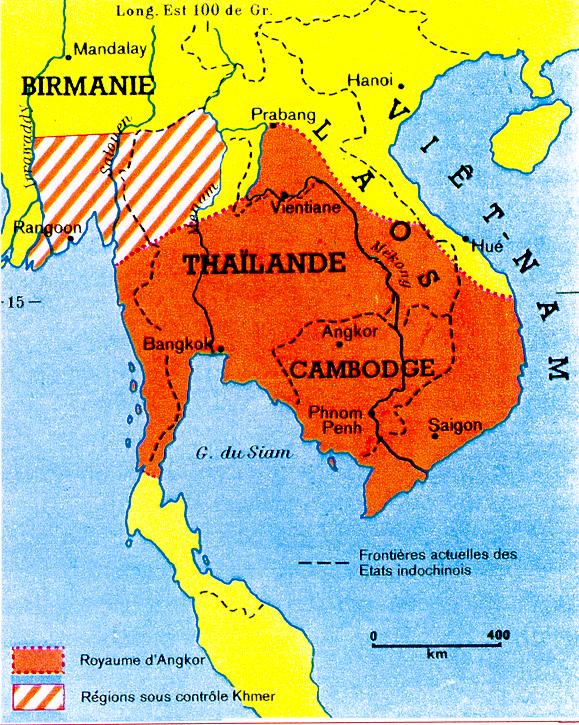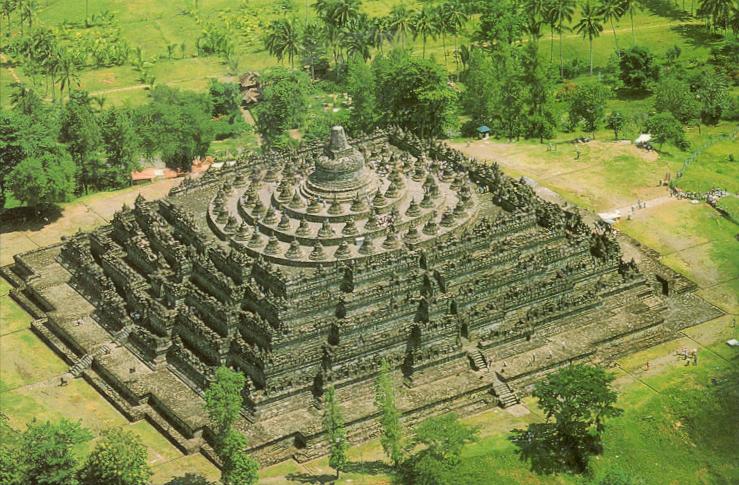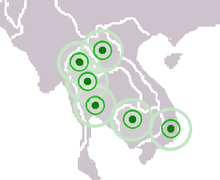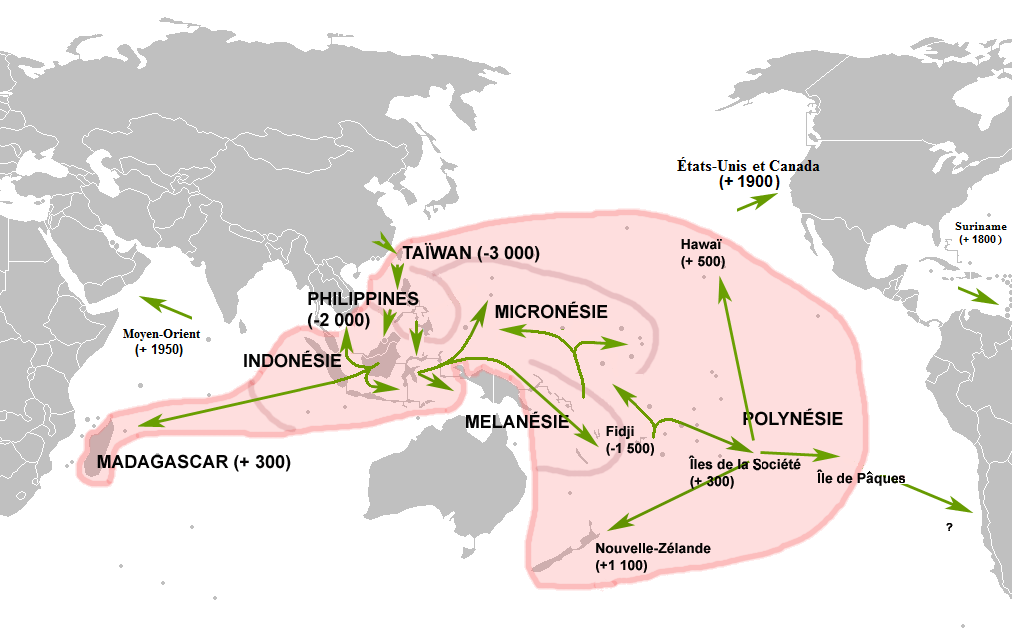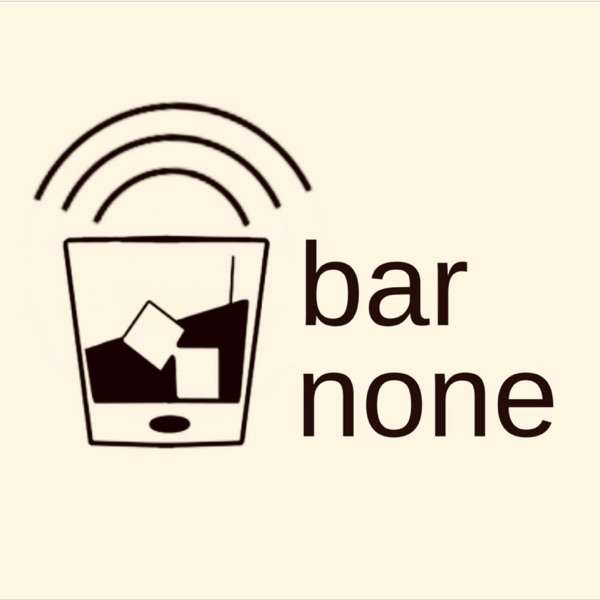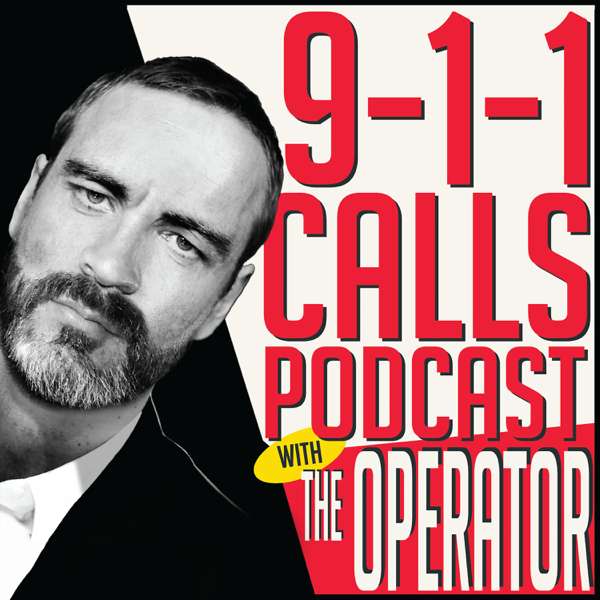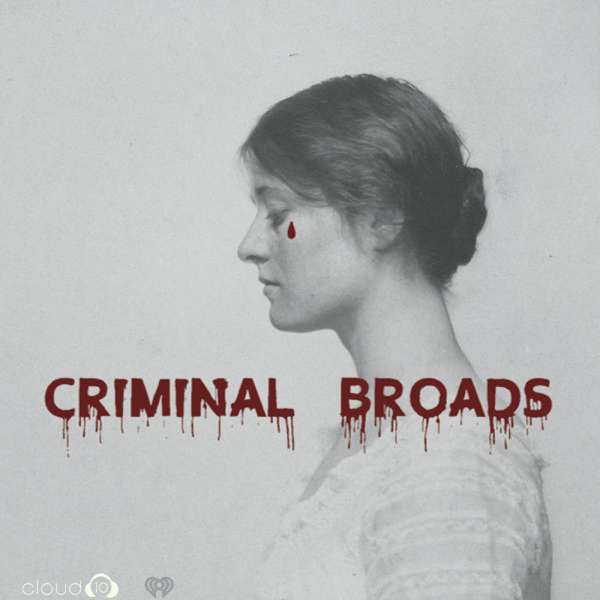Today we will wrap up the First Indochina War by covering the showdown which proved to the French that they couldn't stay in Vietnam anymore -- the battle of Dien Bien Phu!
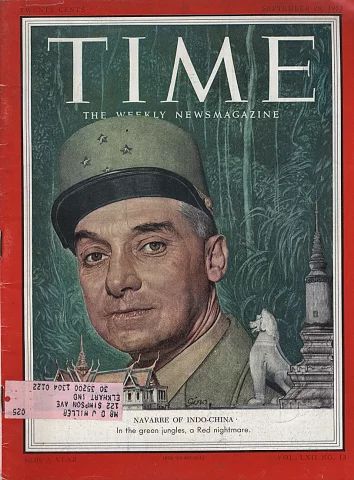
Over the course of the war, the French had seven generals commanding their forces. The last of those generals was Henri Navarre, who led from May 1953 to the end of the war in mid-1954. Here he is, from a Time Magazine cover dated December 28, 1953. His job was to stabilize the situation so that France could negotiate from a position of strength (by this time, the French no longer expected to win the war), but instead his strategy led to the disastrous battle of Dienbienphu.
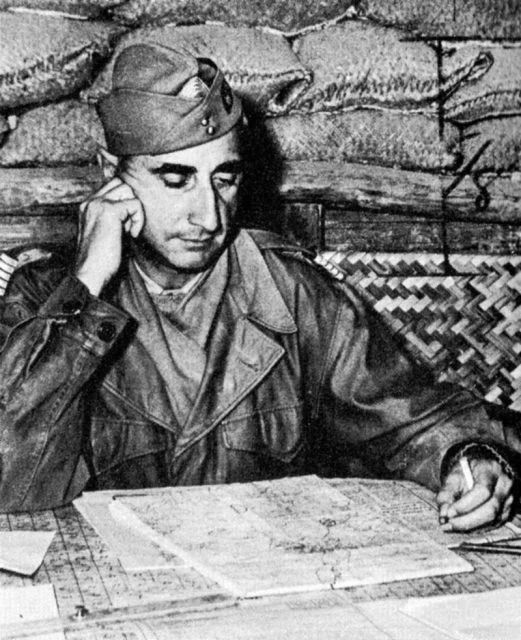
When the French established their base at Dien Bien Phu, they put a dashing tank commander, Colonel Christian de Castries, in charge of it. Rumor has it that de Castries left gambling debts and heartbroken mistresses back in France. Actually he proved to be a poor choice, because he was experienced in mobile warfare, and here his job was to defend a fixed position. During the battle he spent most of his time in his bunker, and was rarely seen by the troops. The Viet Minh captured de Castries on the last day of the siege, and held him prisoner for four months.
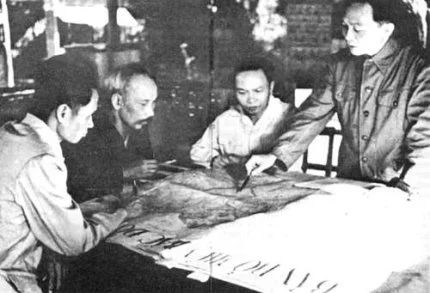
Now from the other side, here are the Viet Minh leaders planning their strategy for Dien Bien Phu. From left to right: Pham Van Dong, Ho Chi Minh, Truong Chinh, Vo Nguyen Giap.
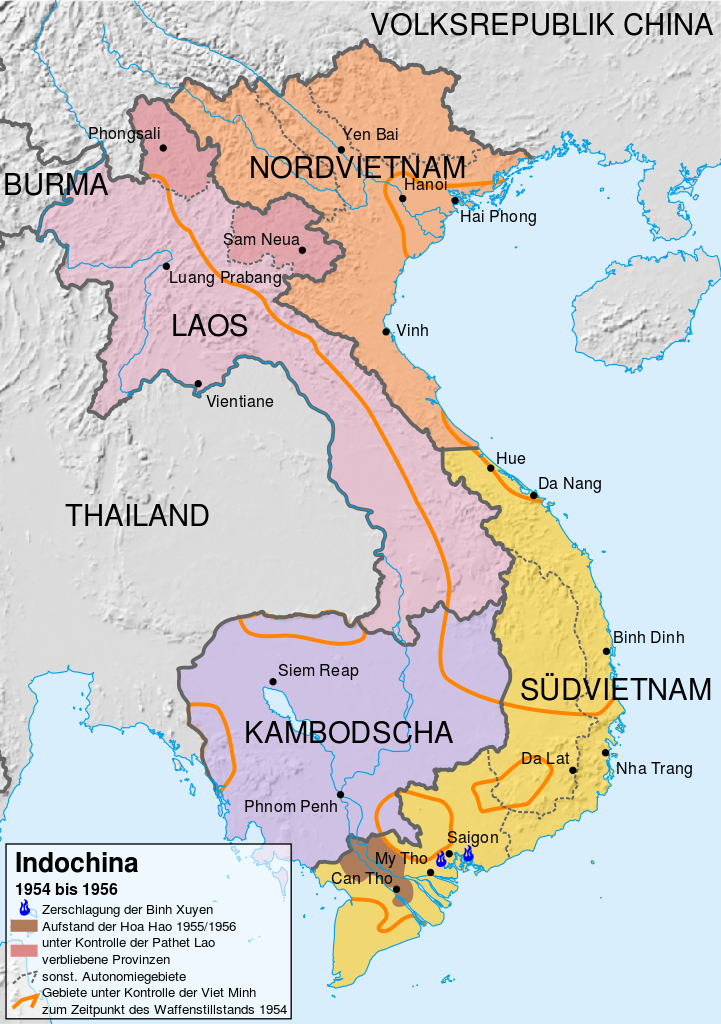
Finally, here is a map showing Indochina at the end of the First Indochina War, in July 1954. The orange lines mark the limits of the areas that were under communist control, or at least where the communists had more influence than the French and the pro-French governments that had been set up in each country. By "communists," we mean not only the Viet Minh in Vietnam, but also the Pathet Lao in Laos, and the United Issarak Front in Cambodia. The dark pink areas in Laos mark the two provinces the Pathet Lao gained control over in 1953. According to the terms of the Geneva Accords, the communists got all of North Vietnam (called Nordvietnam on this German language map), but they had to give back everything they had taken in South Vietnam, Laos and Cambodia. The areas marked blue and brown near Saigon are local uprisings that happened after 1954; they will be discussed in a future podcast episode.
Do you think you would like to become a podcaster on Blubrry? Click here for the details on joining. Enter my promo code, HSEASIA, to let them know I sent you, and you will get the first month's hosting for free!
Support this podcast!

 Our TOPPODCAST Picks
Our TOPPODCAST Picks  Stay Connected
Stay Connected



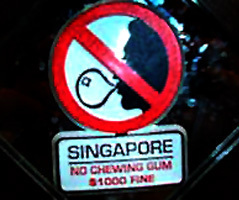
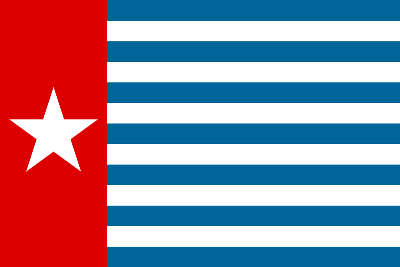
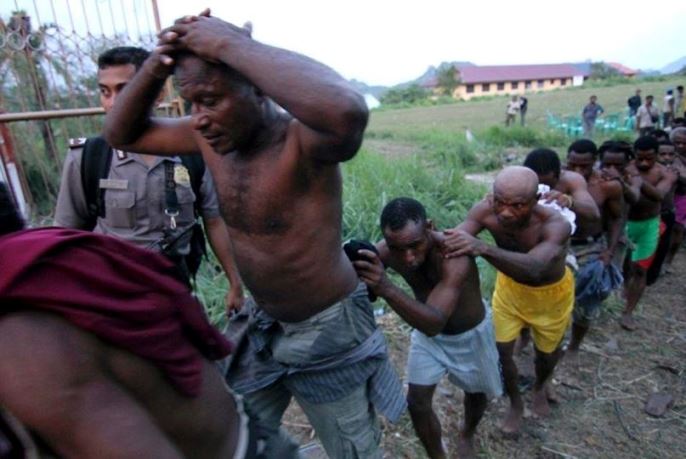

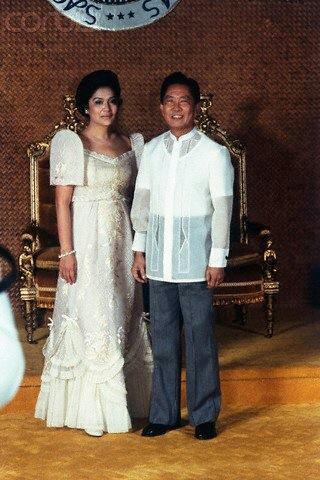
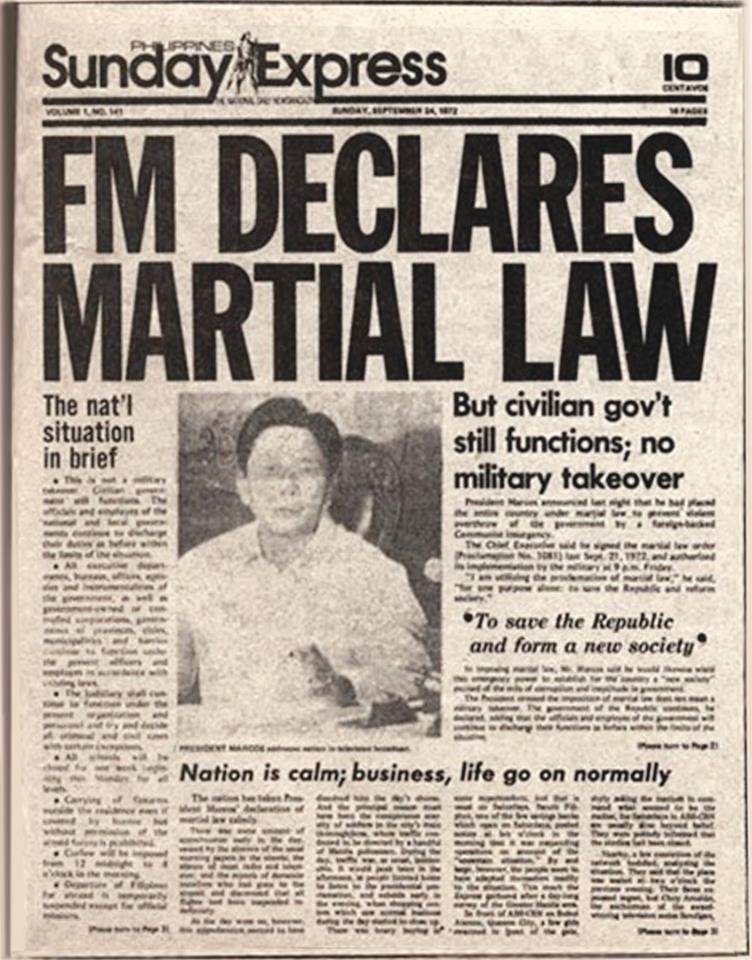
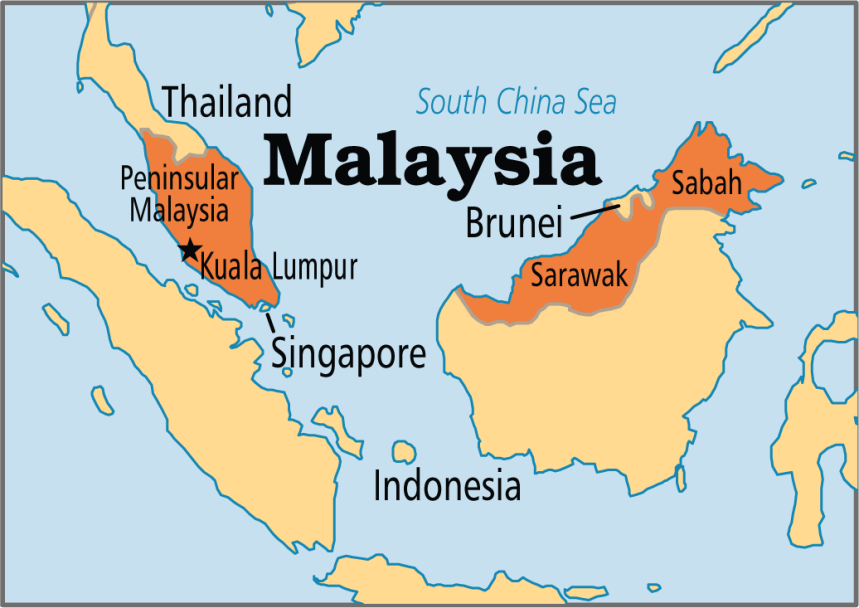
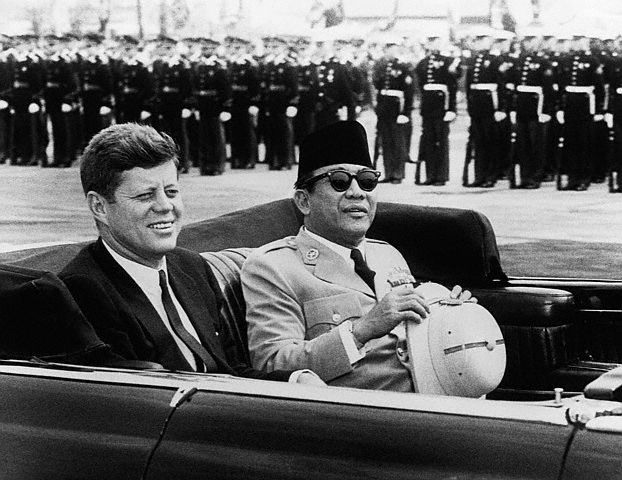
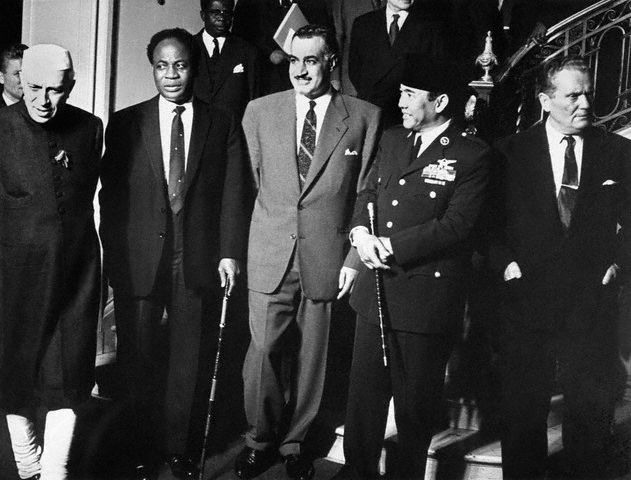
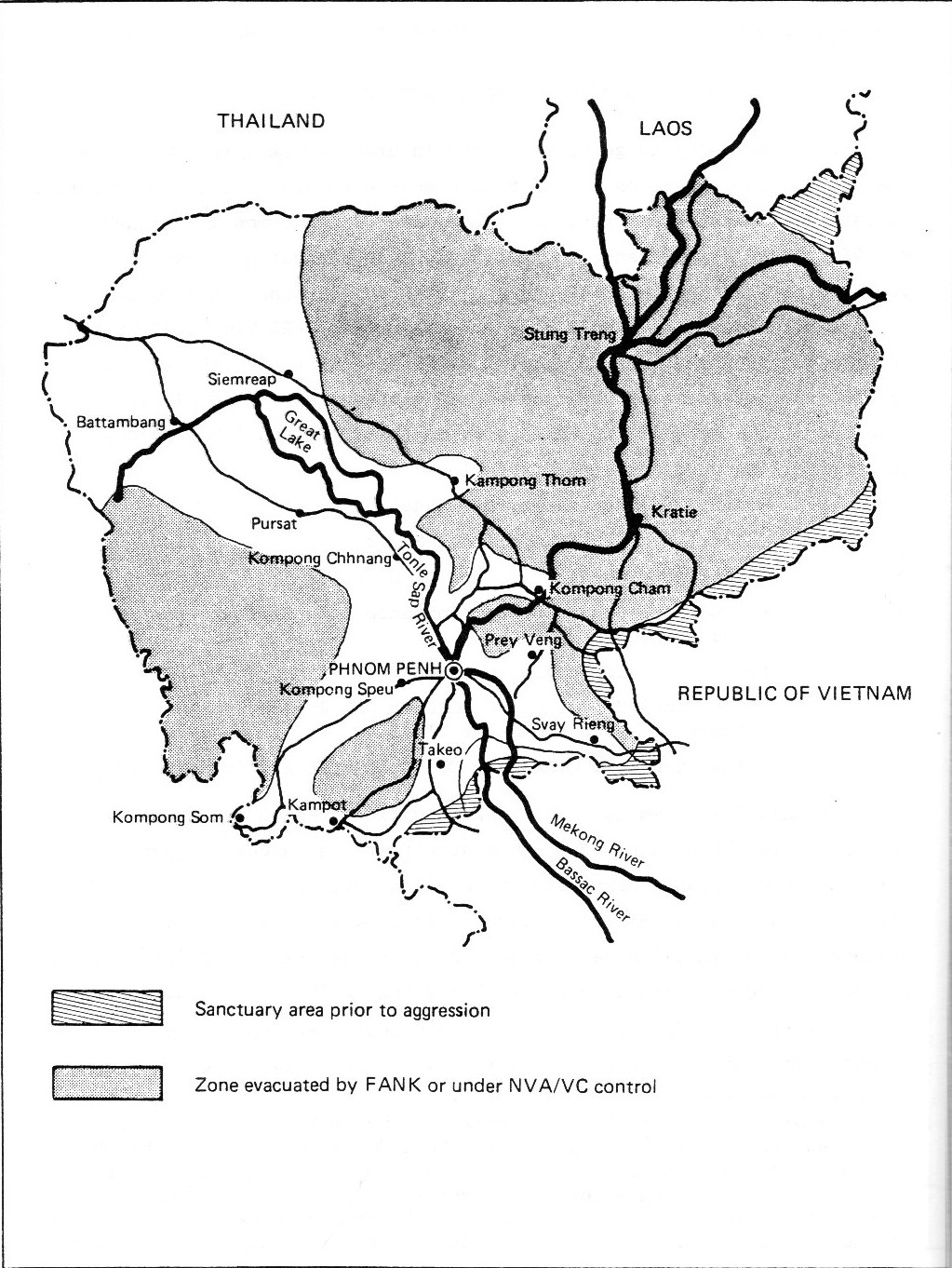
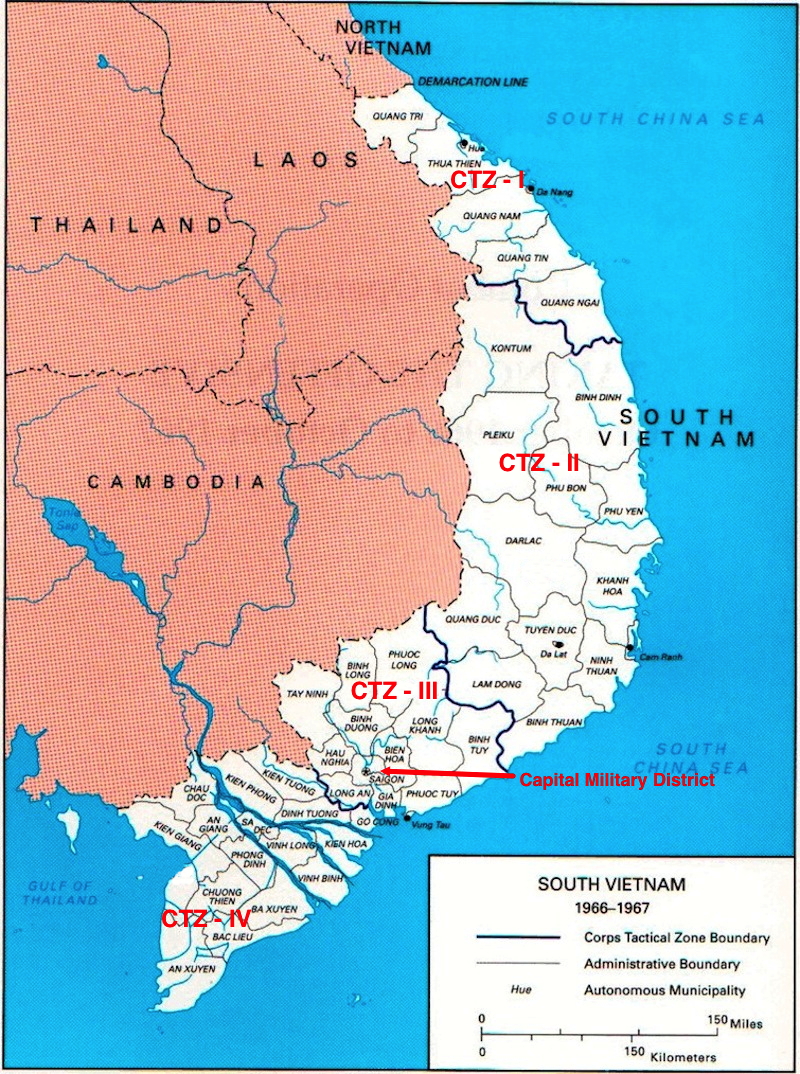
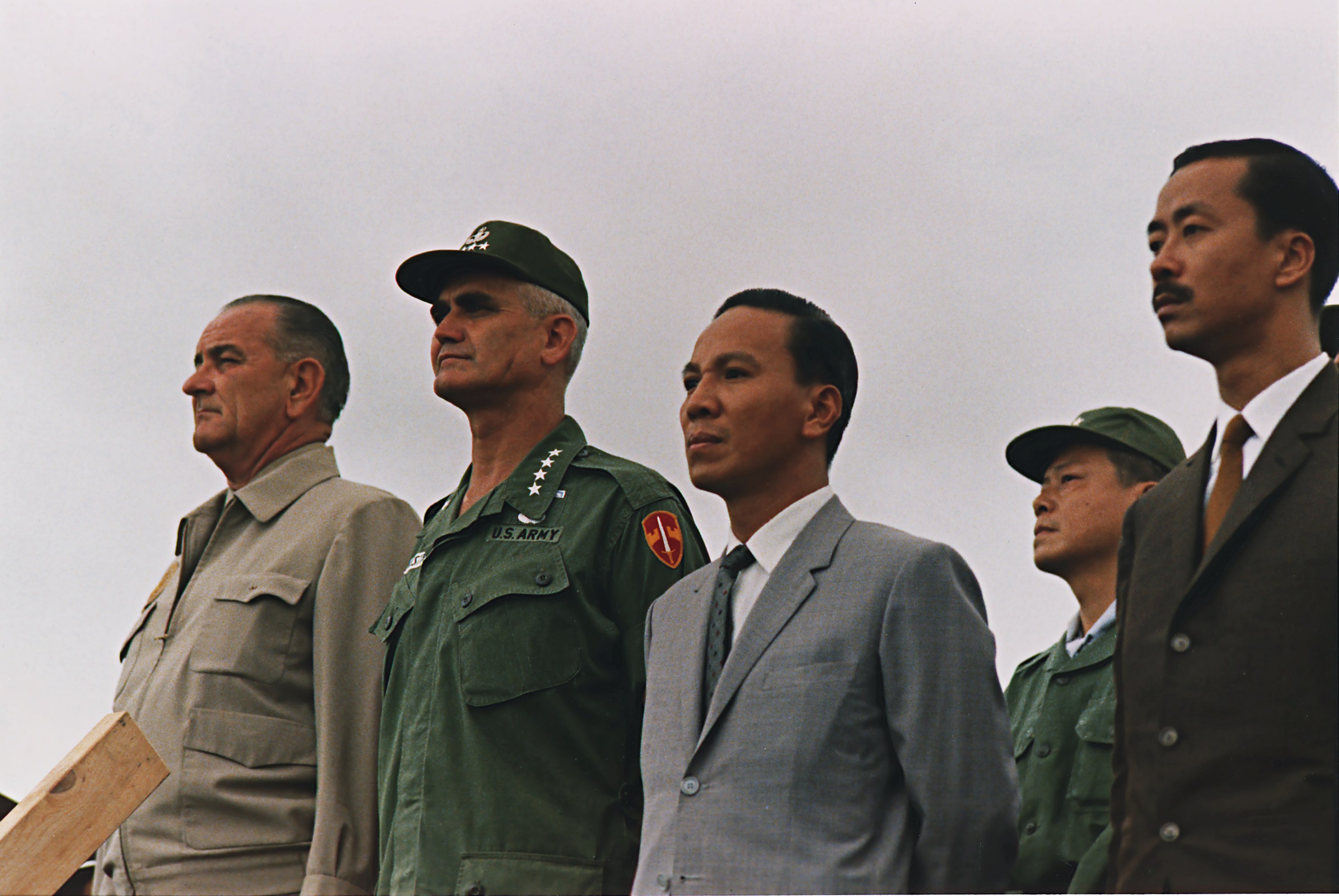
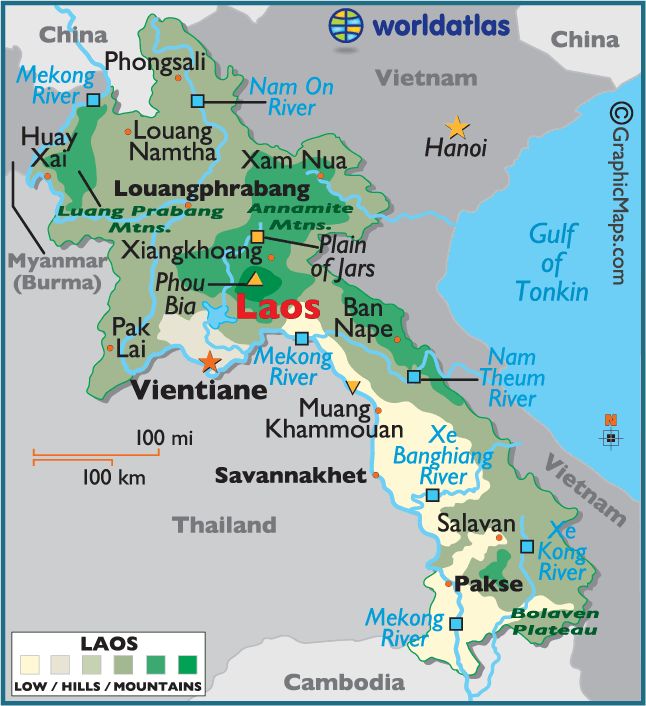

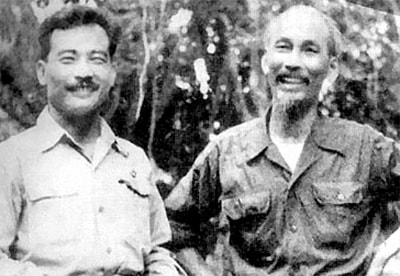
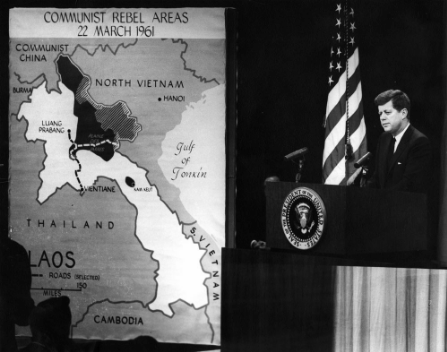
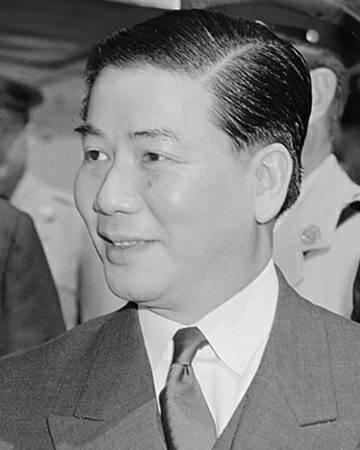




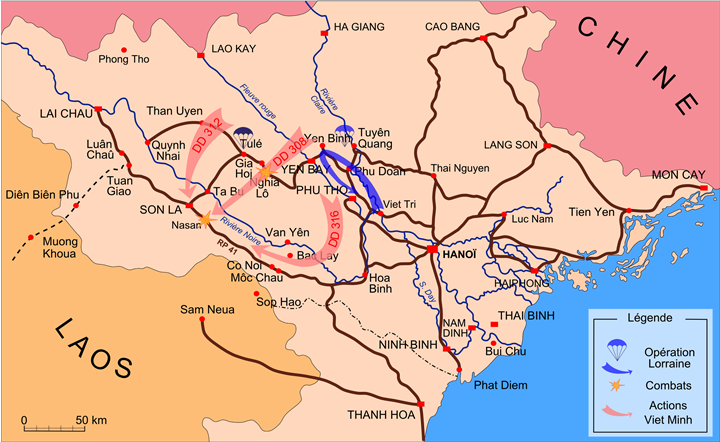
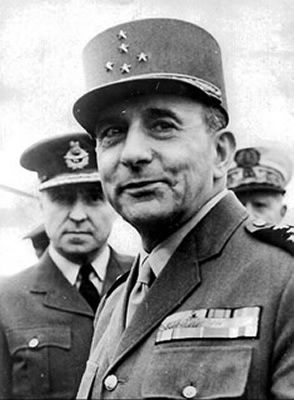
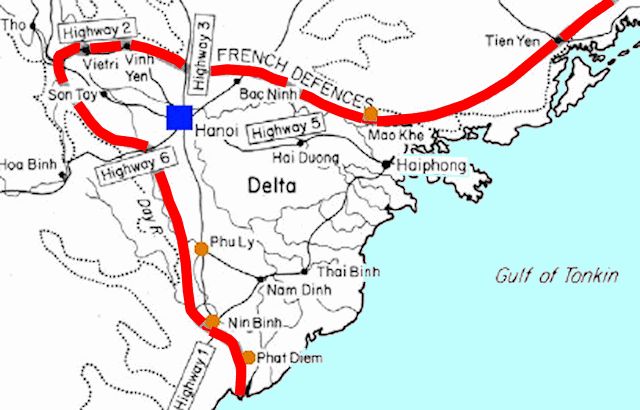
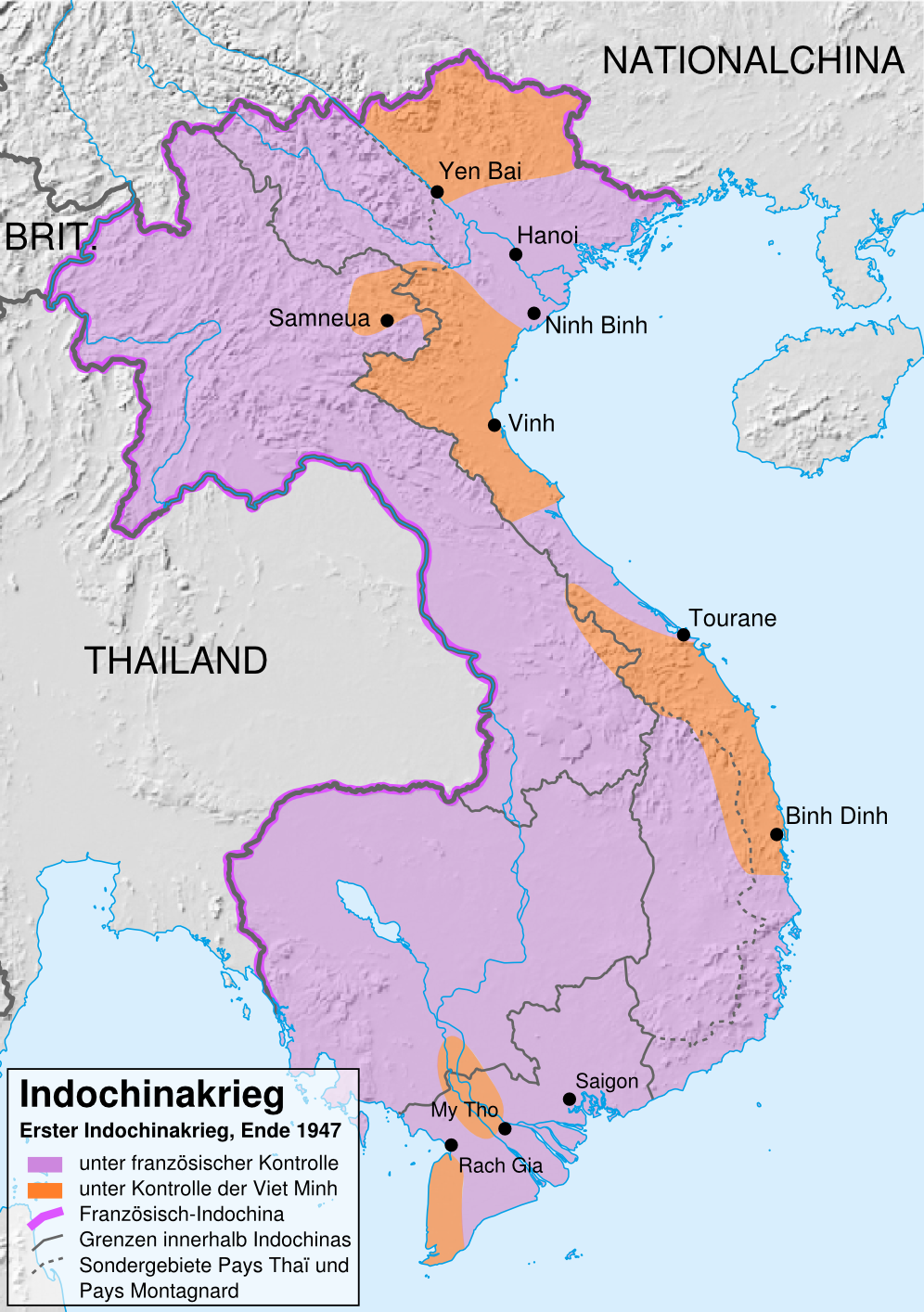
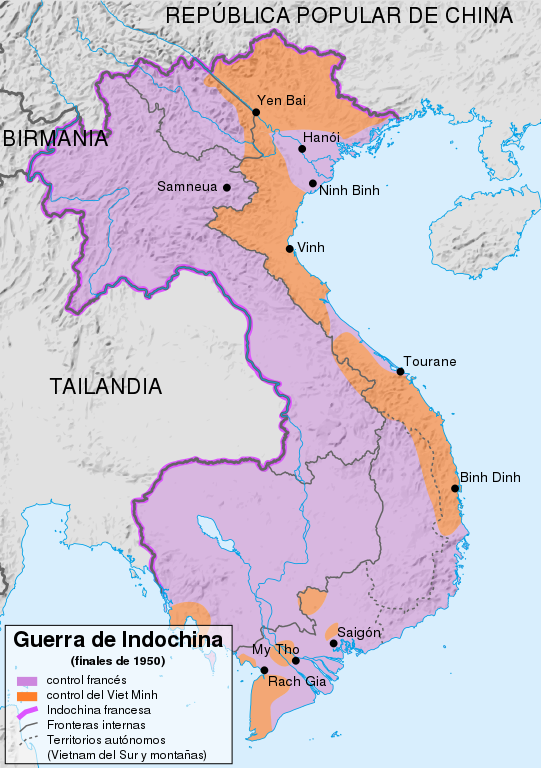
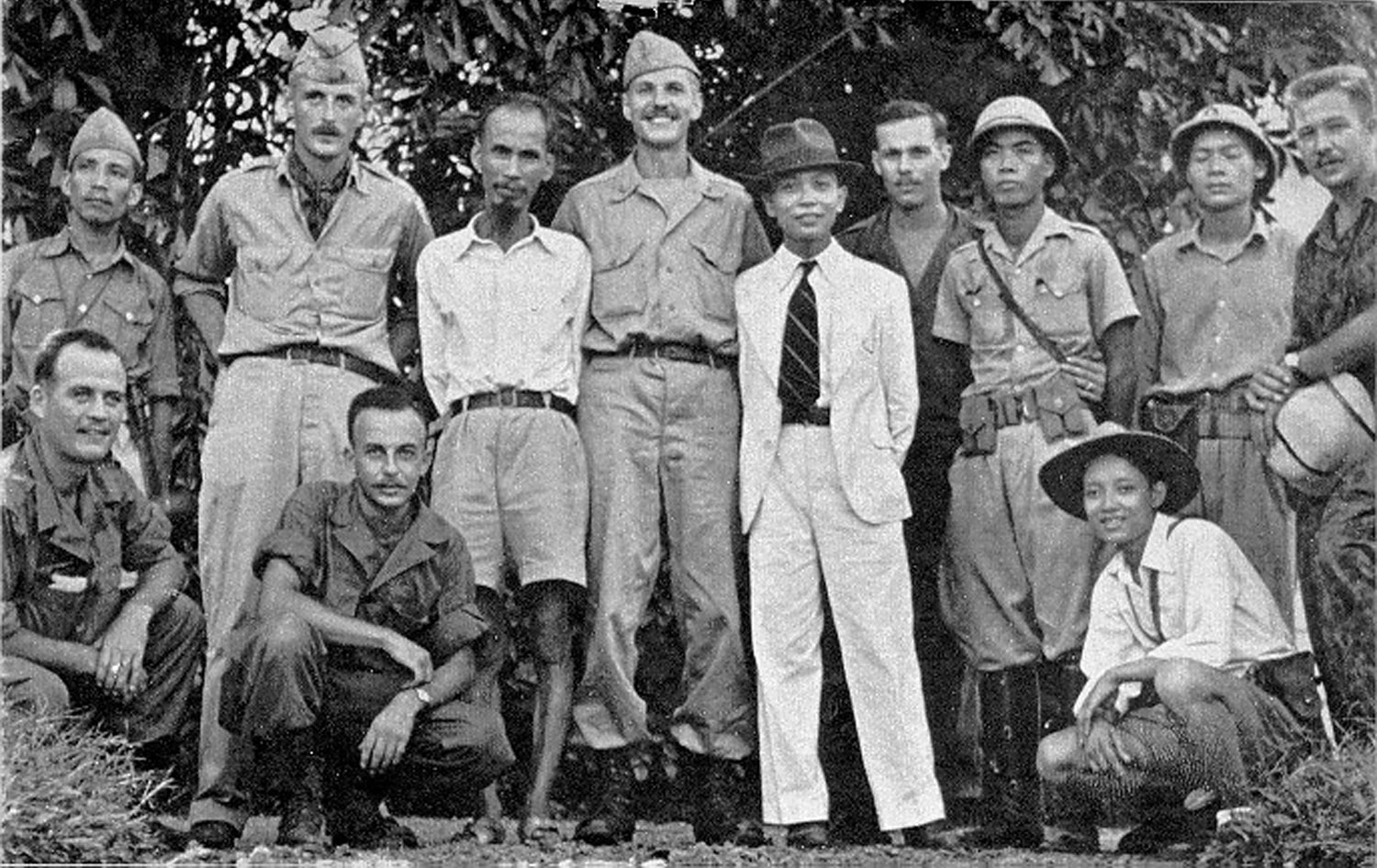
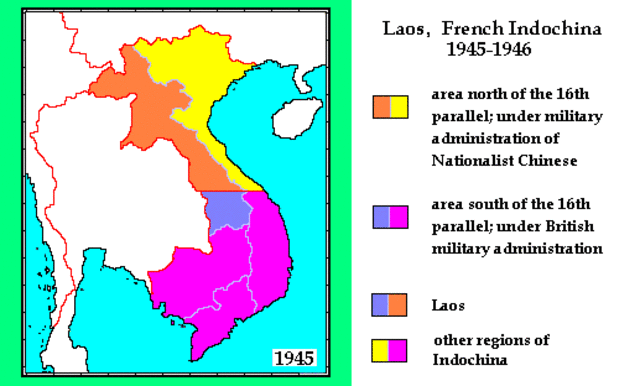
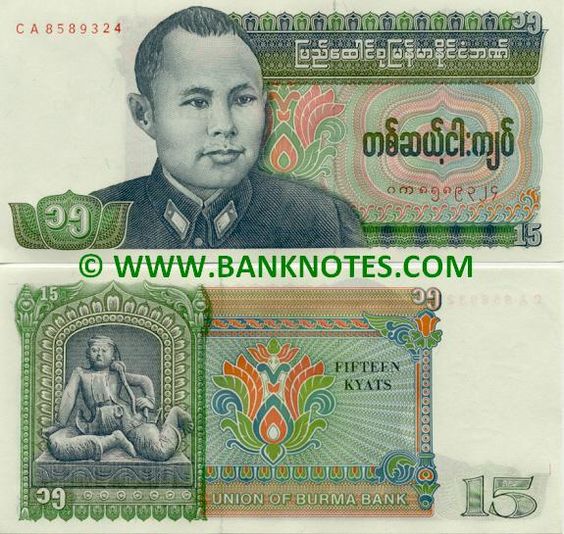
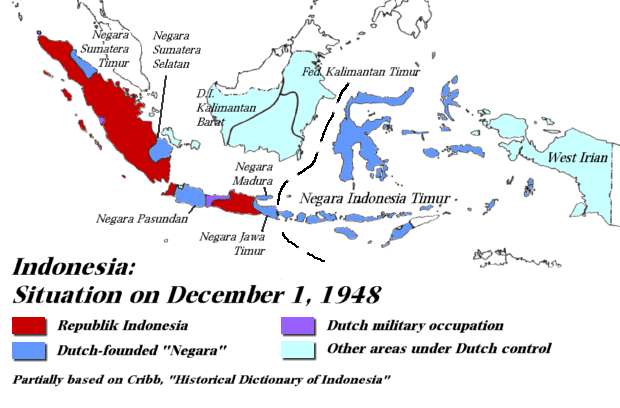
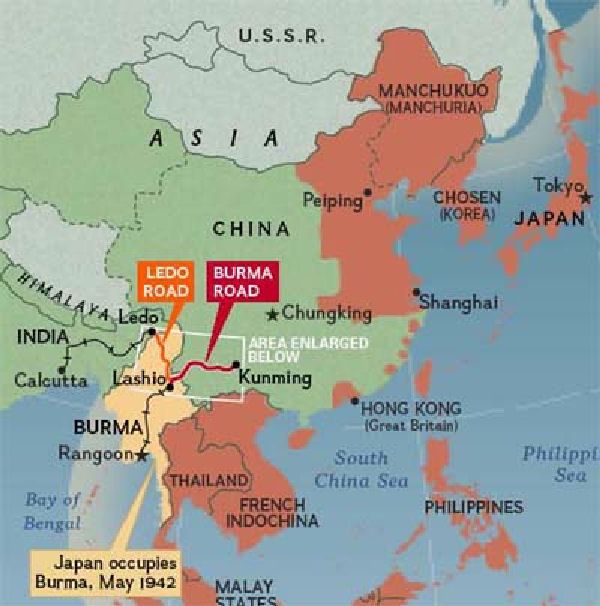
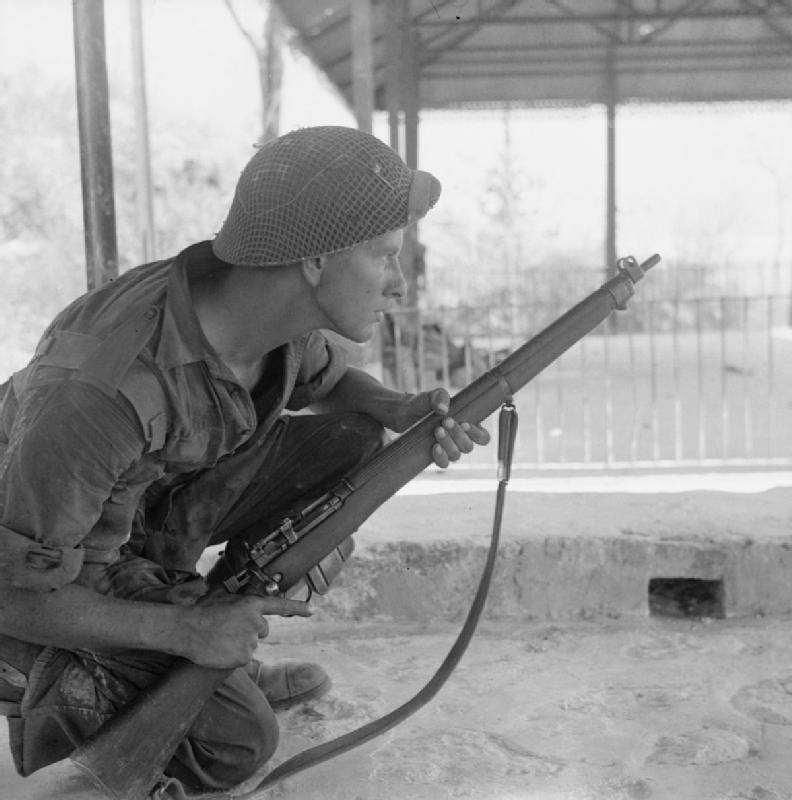
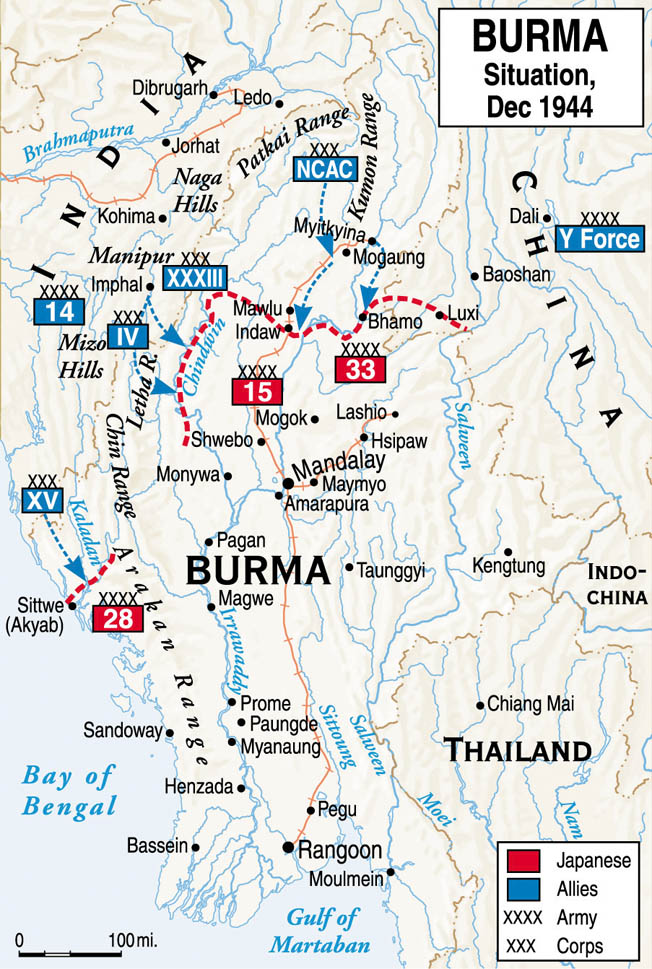
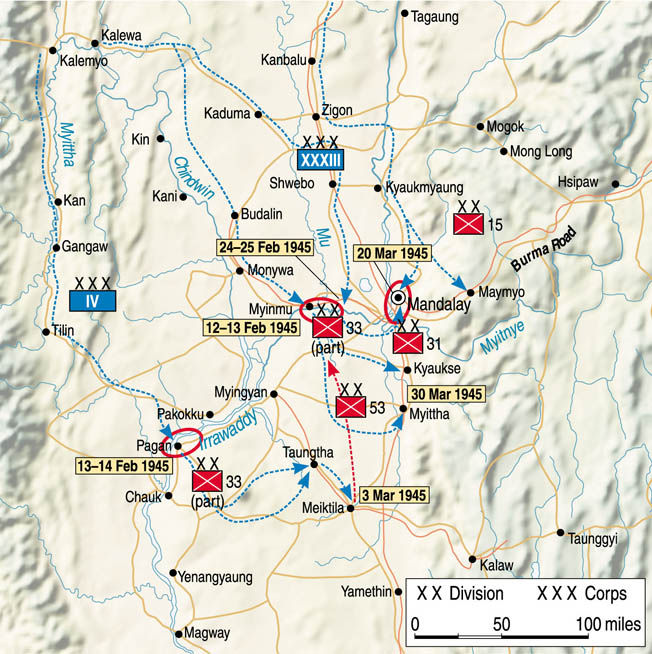
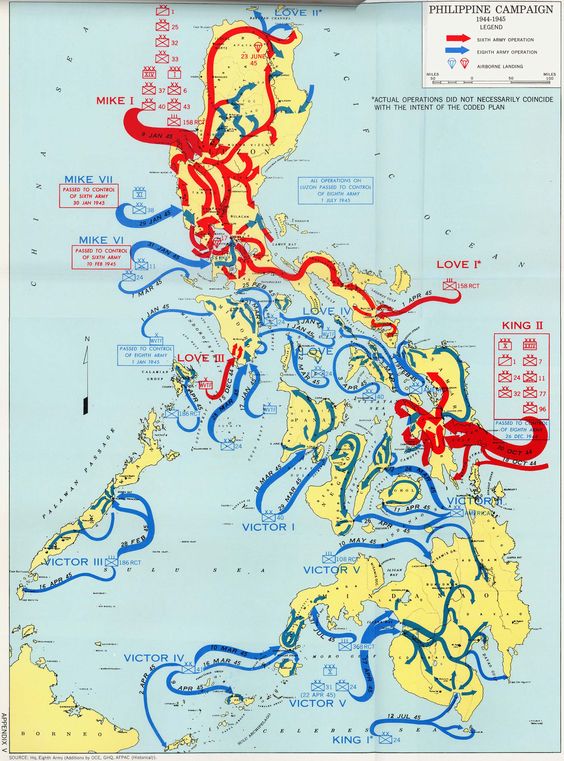
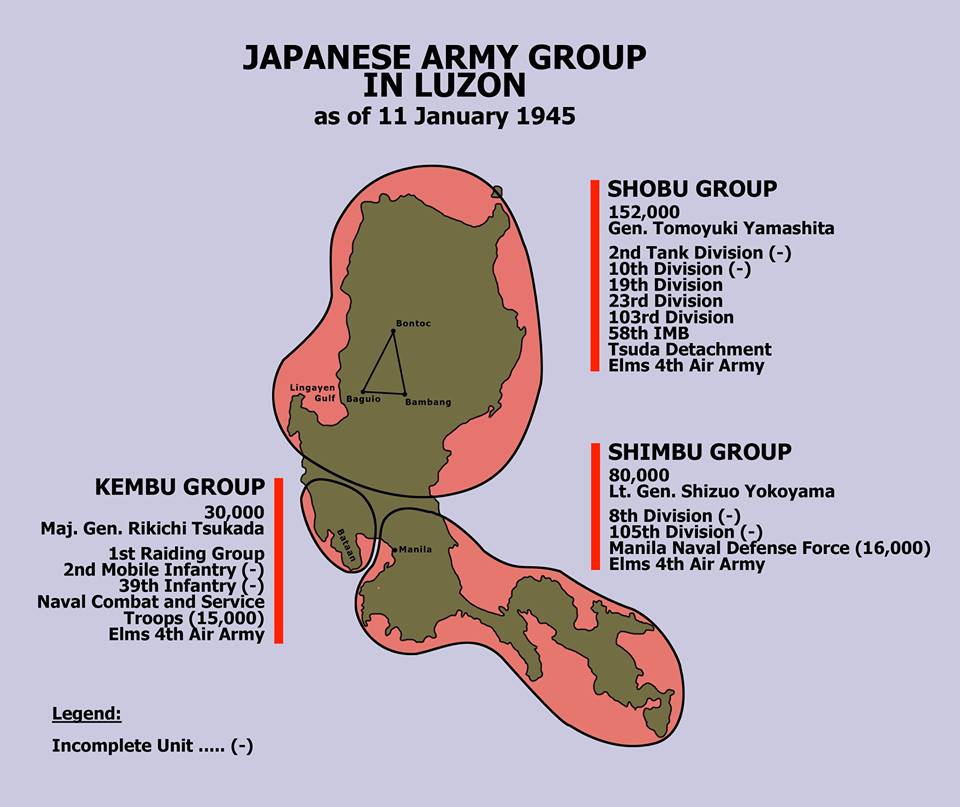
.png)
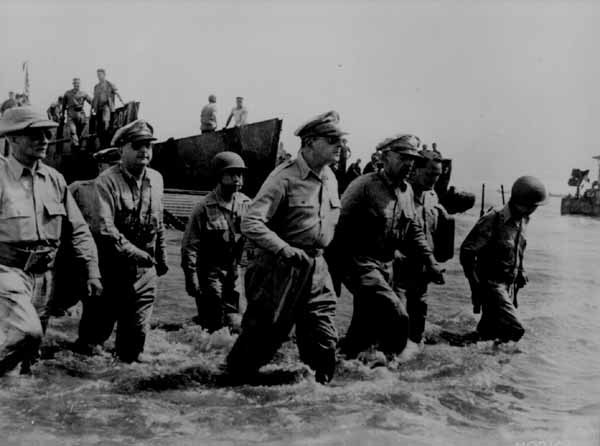
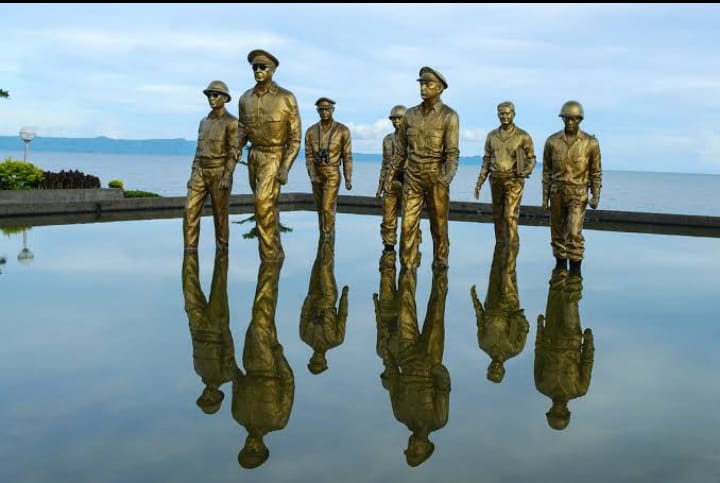
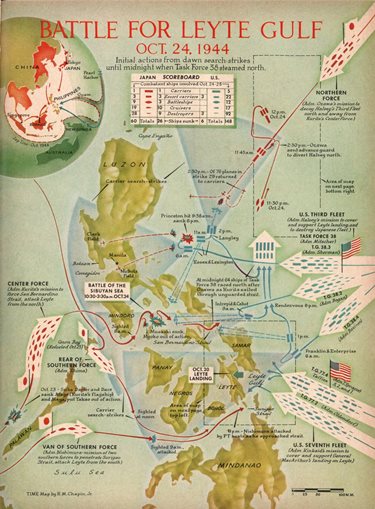
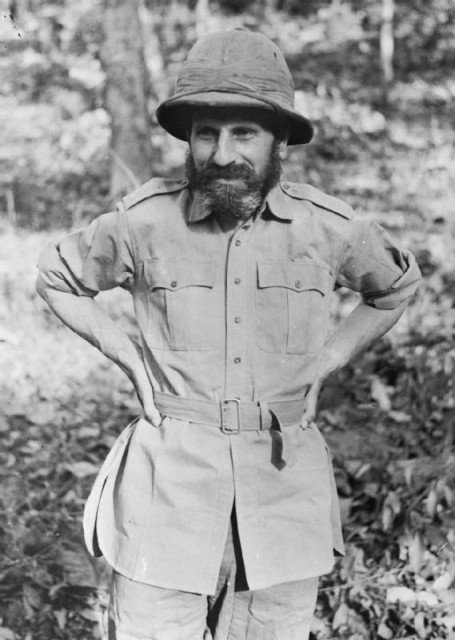
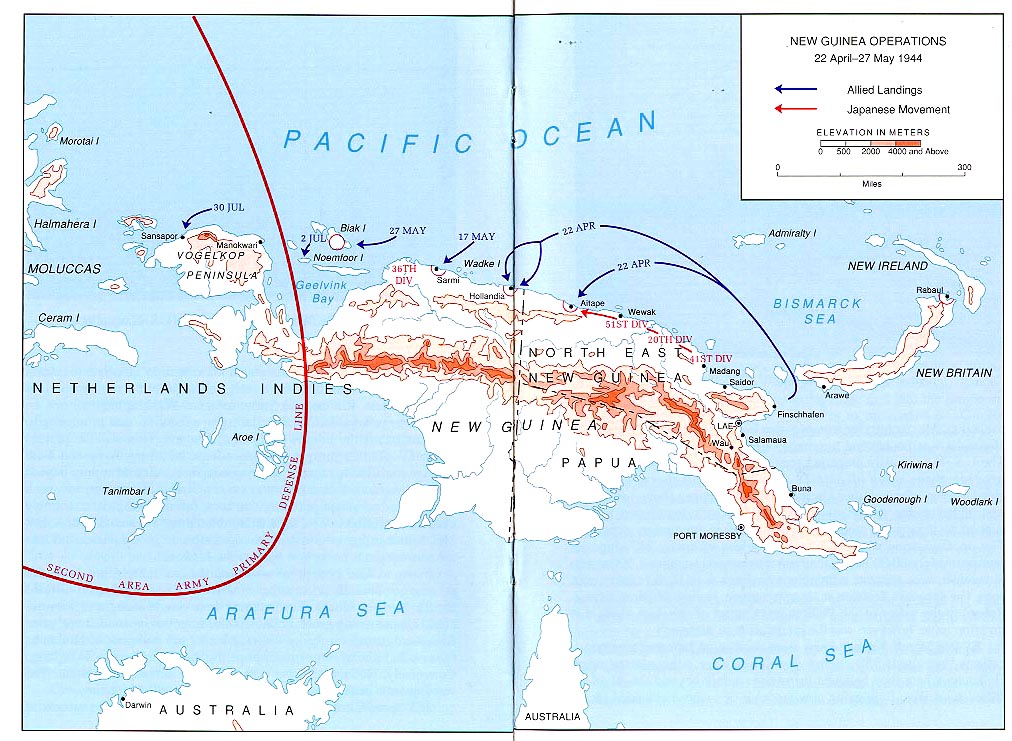
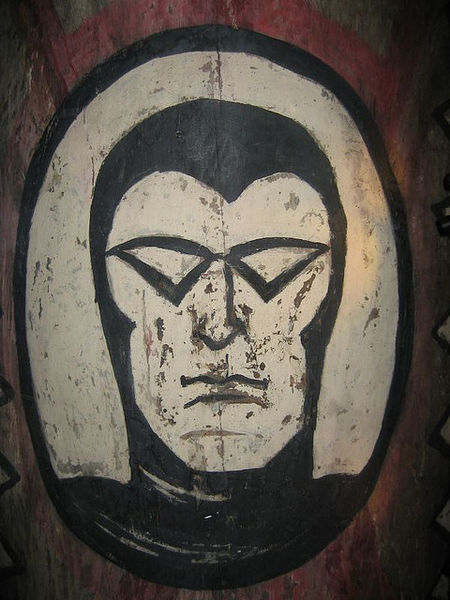
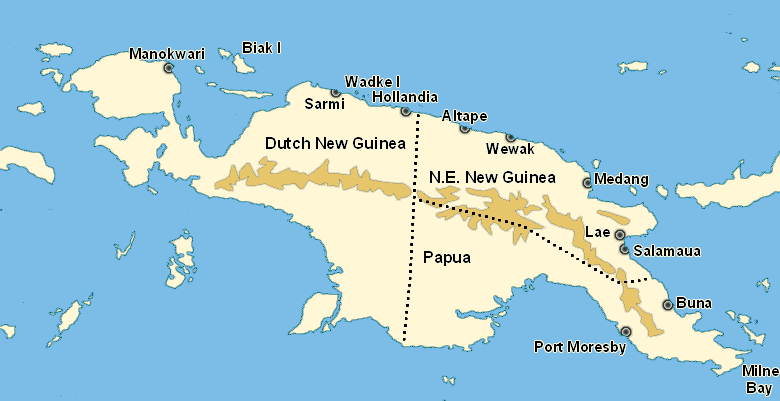
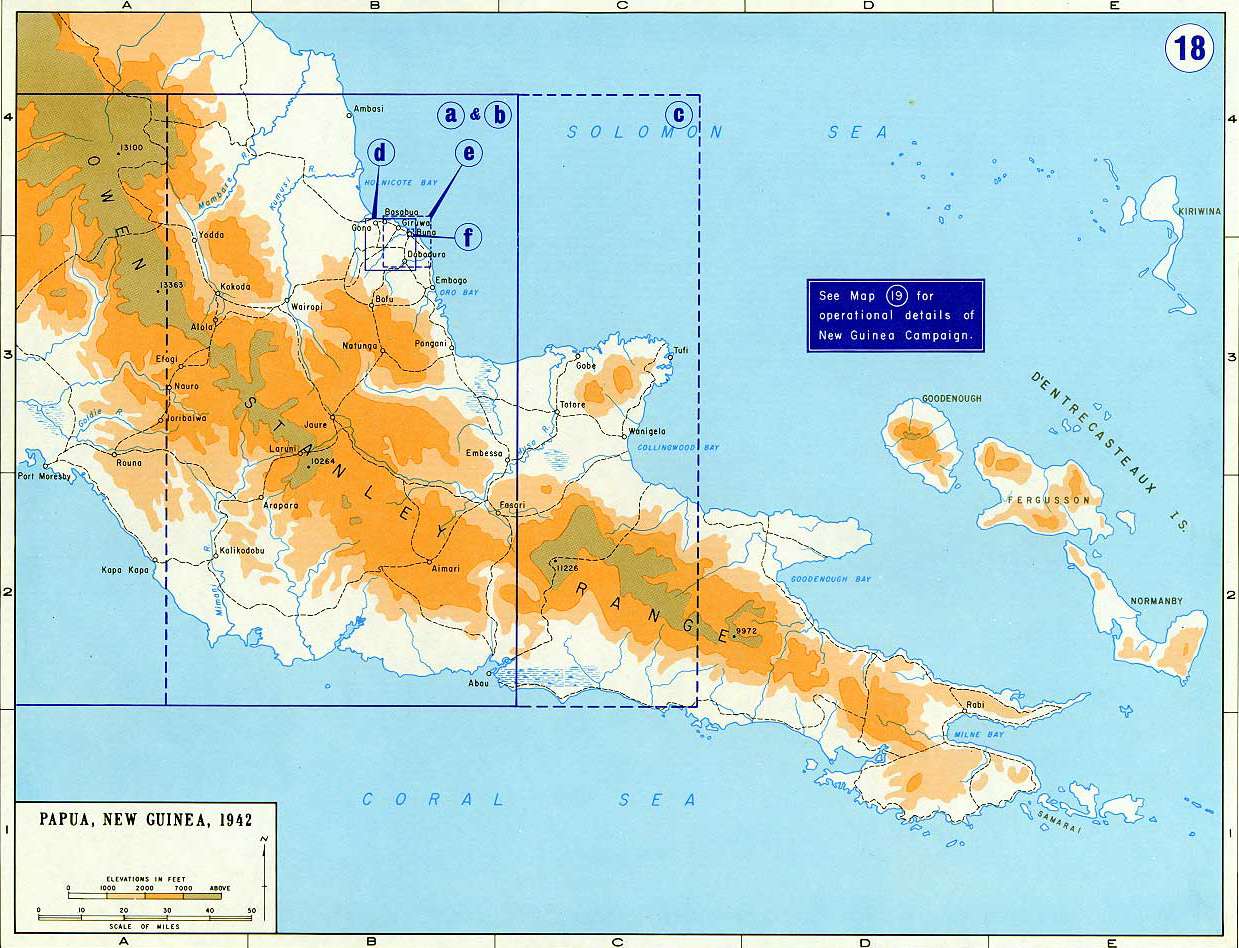
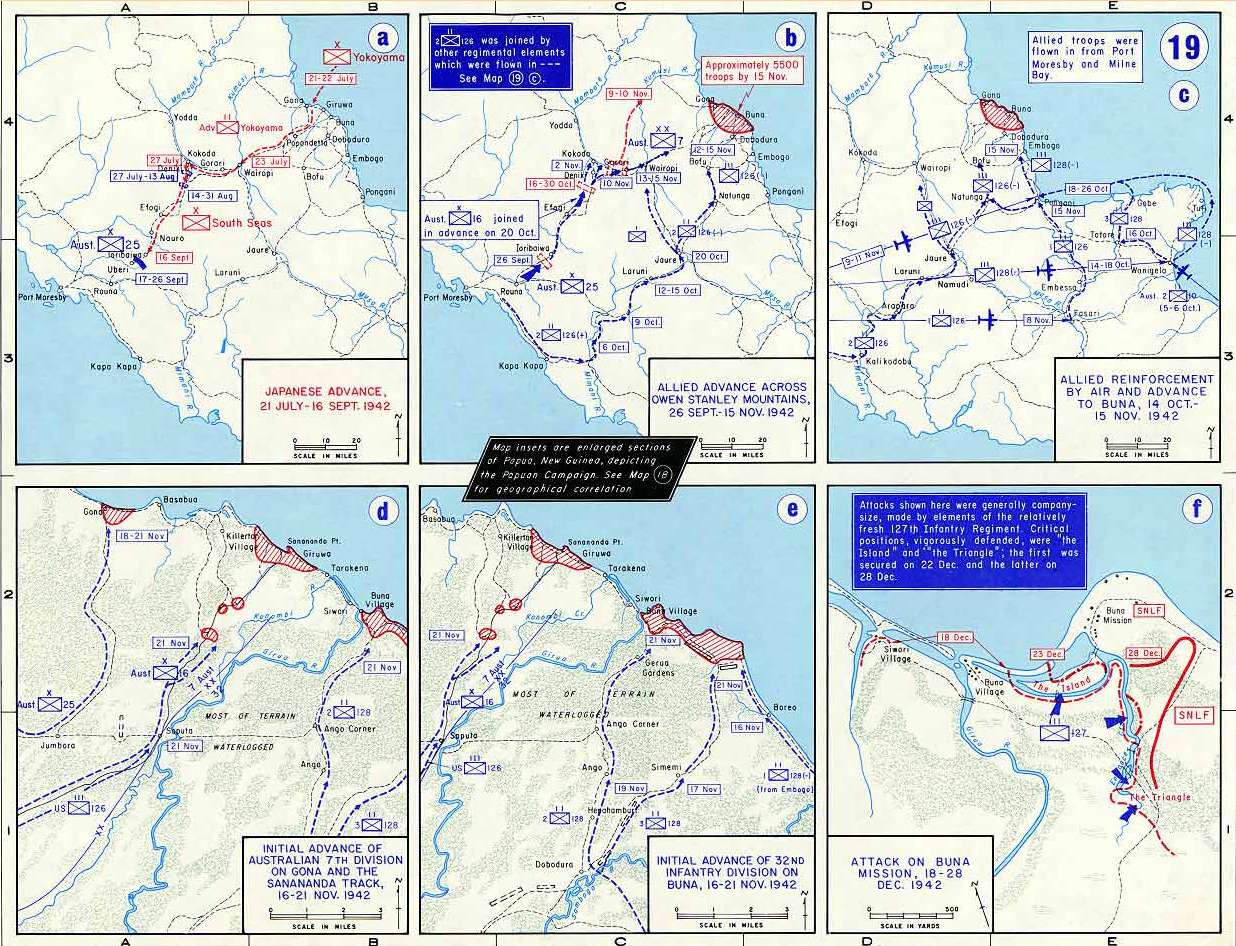
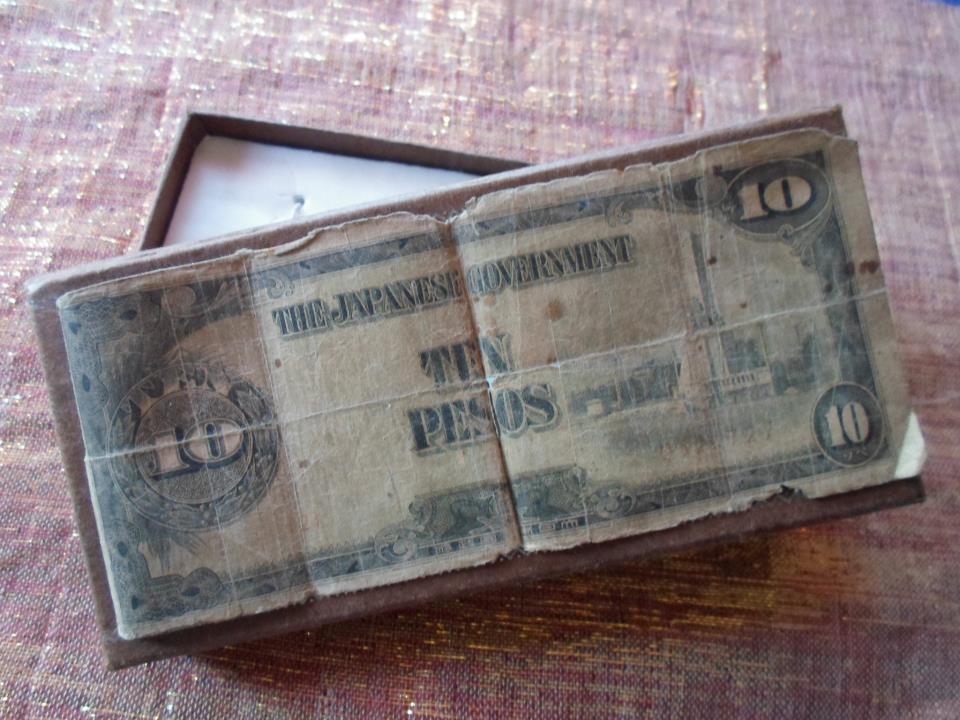
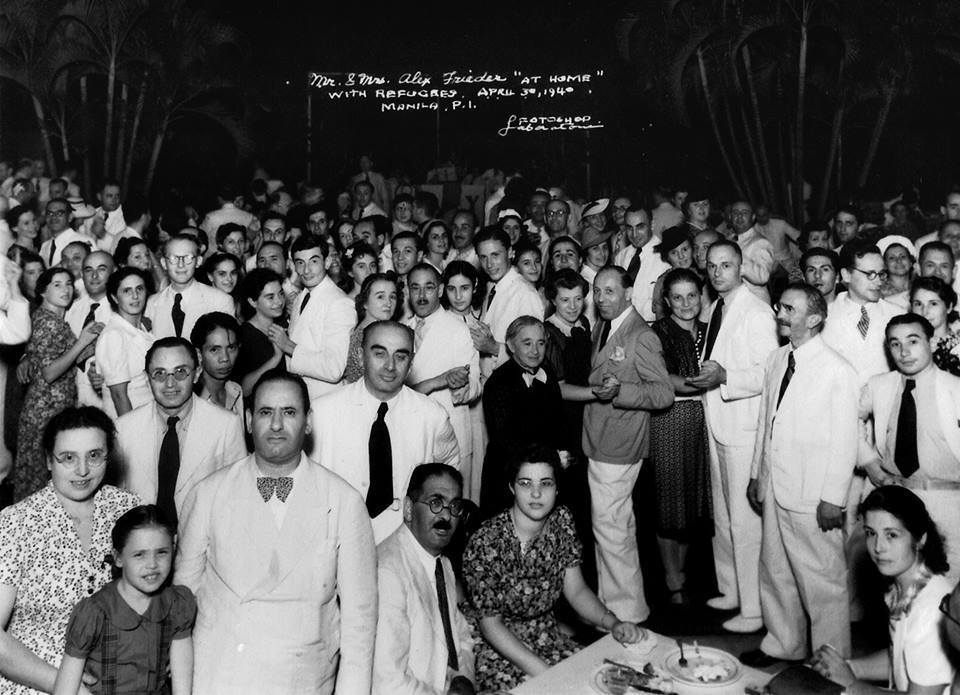
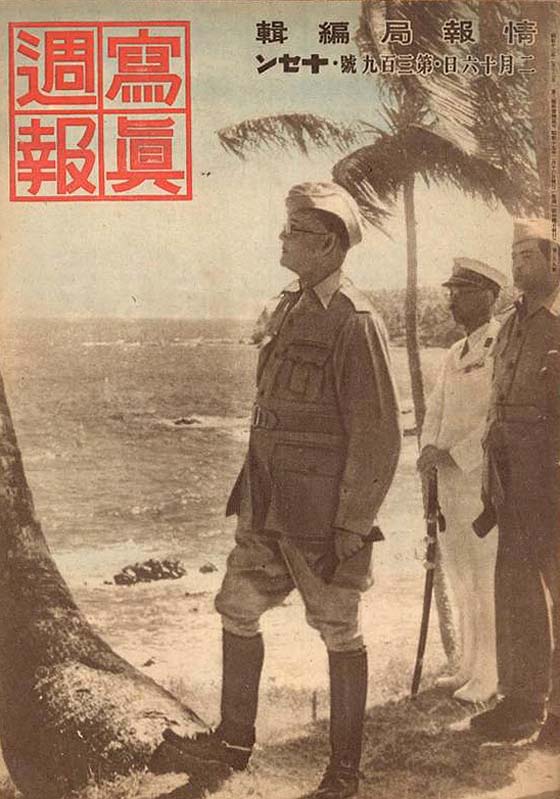
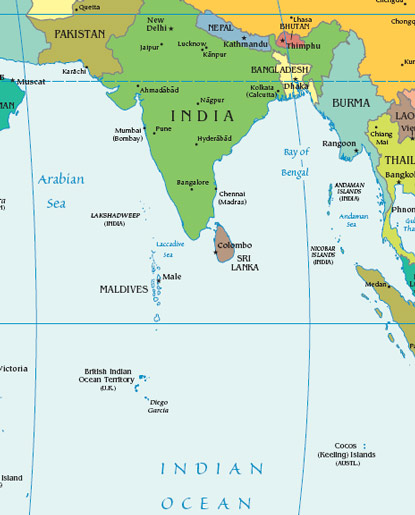
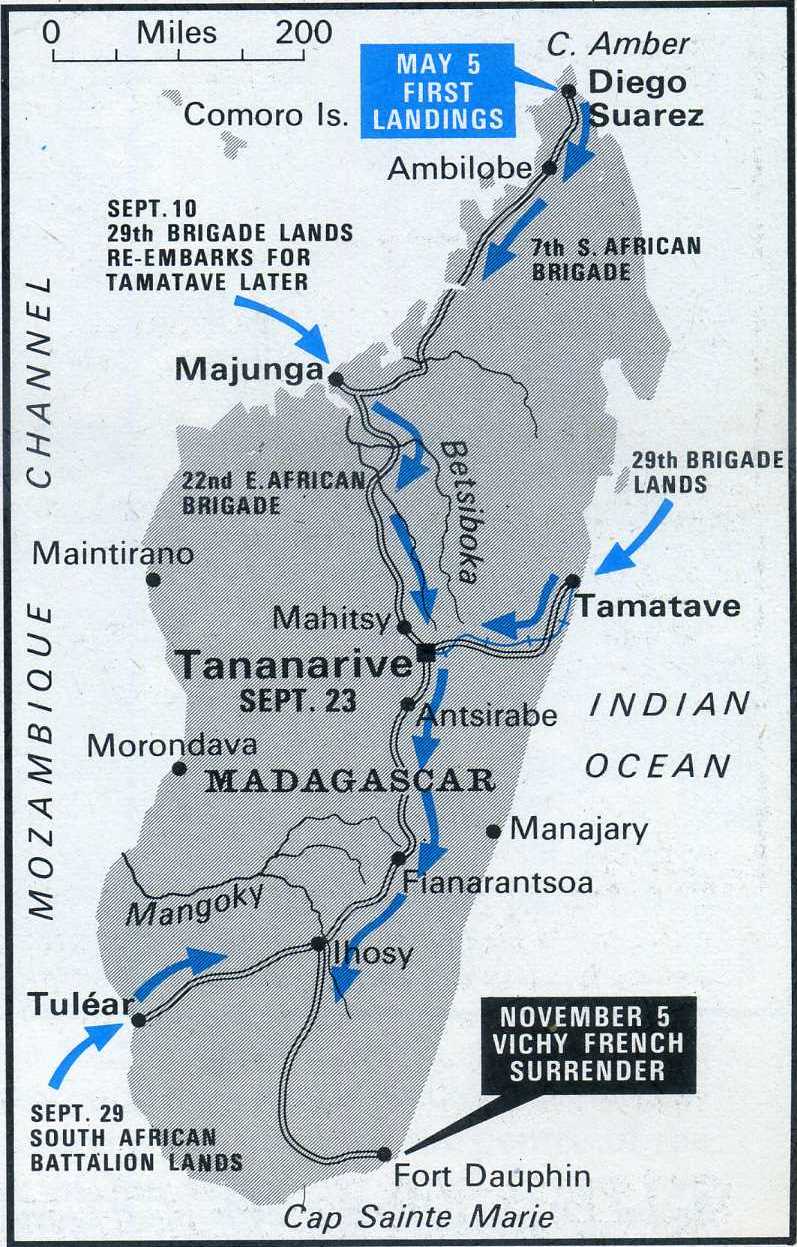
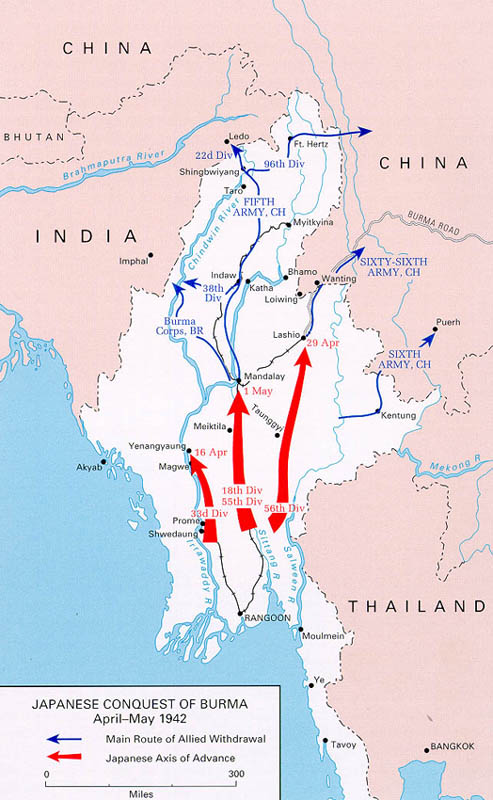
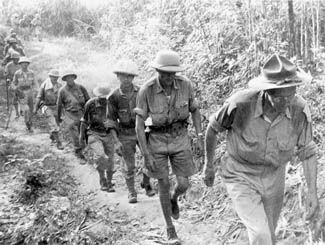
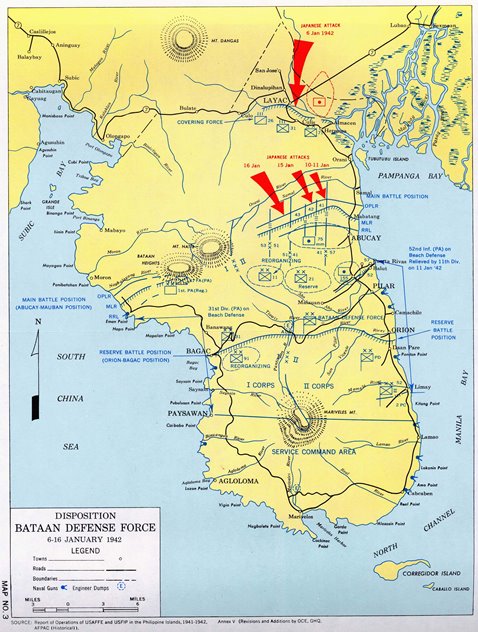
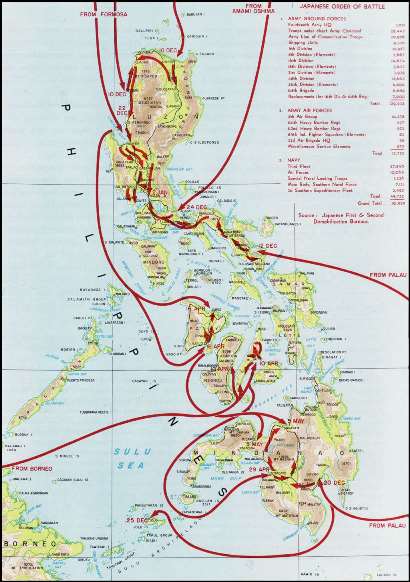
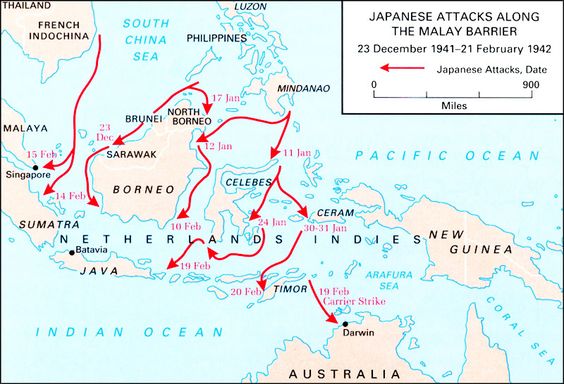
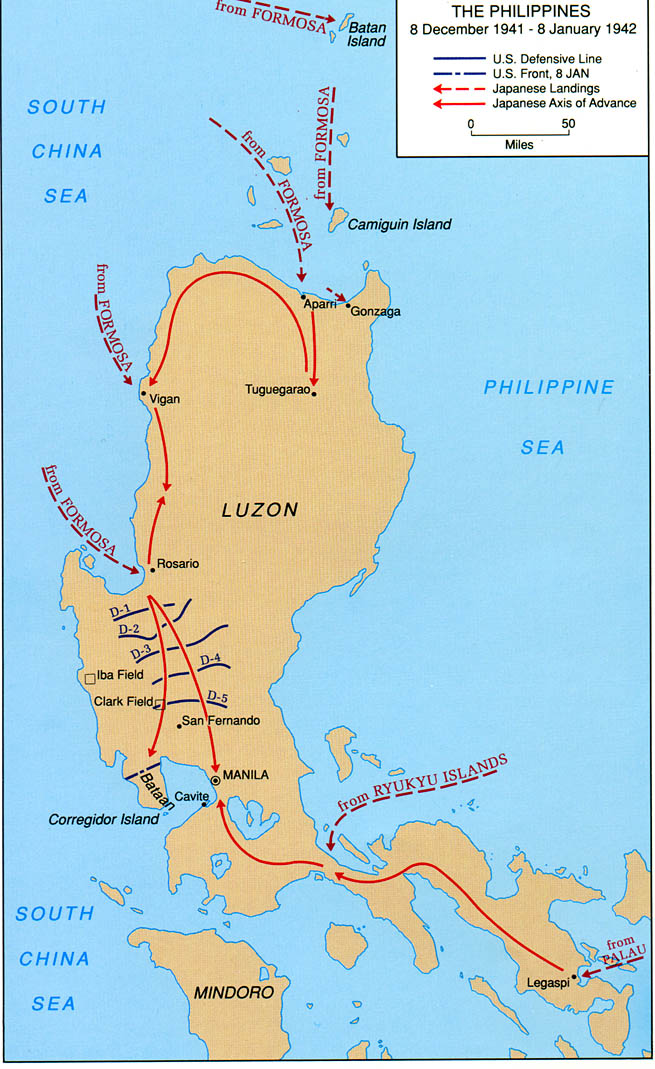
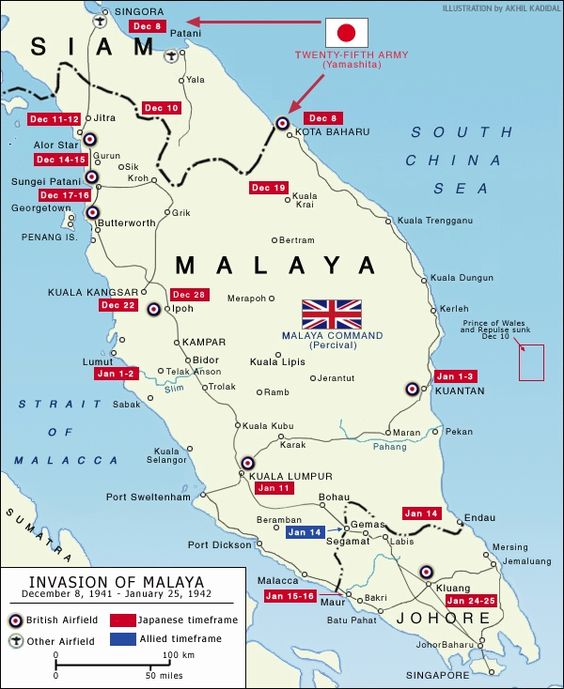
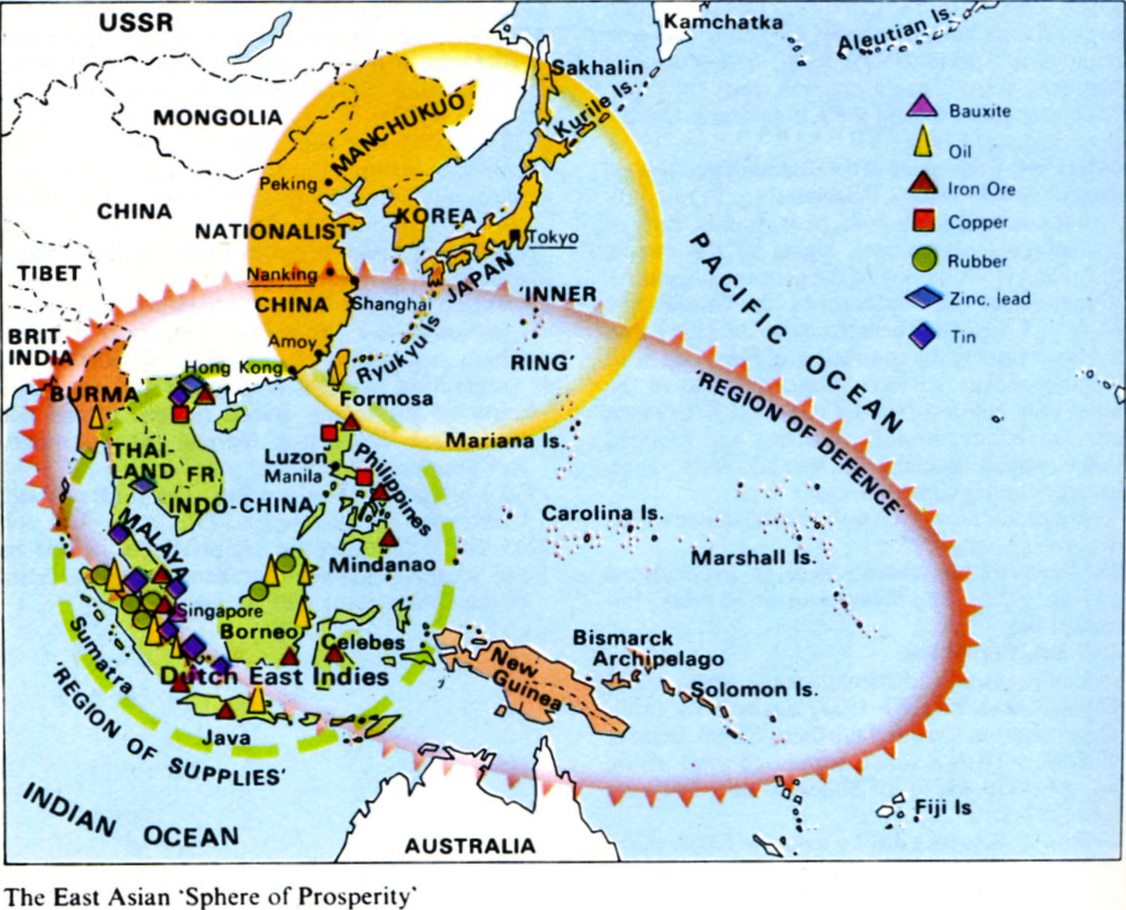
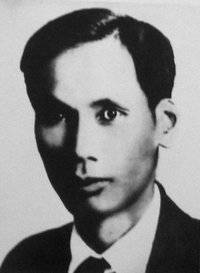
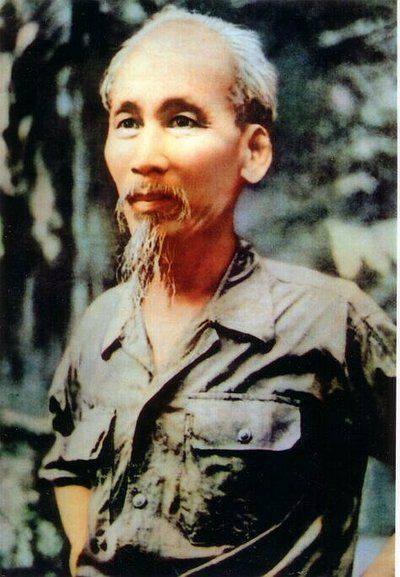
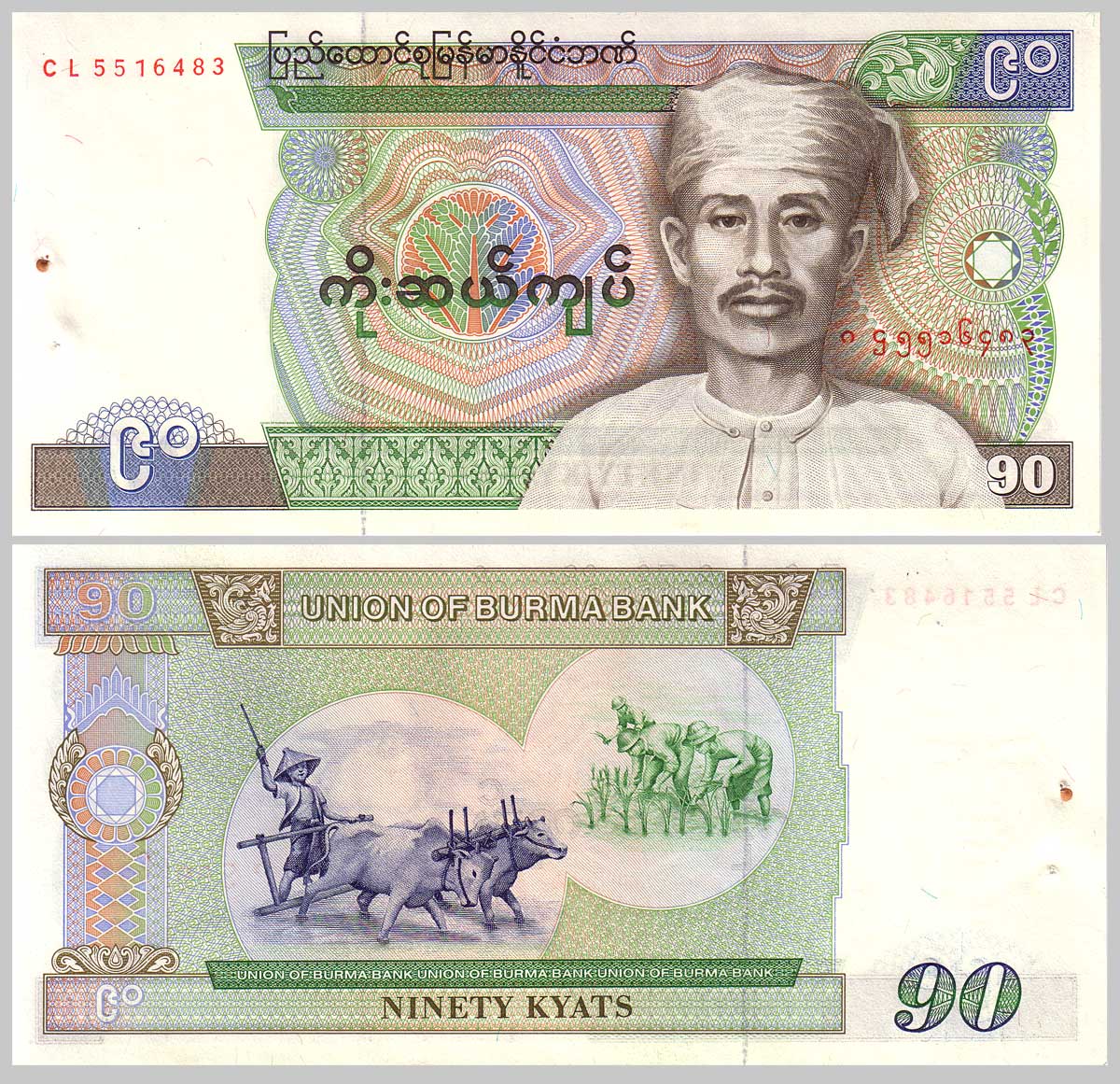
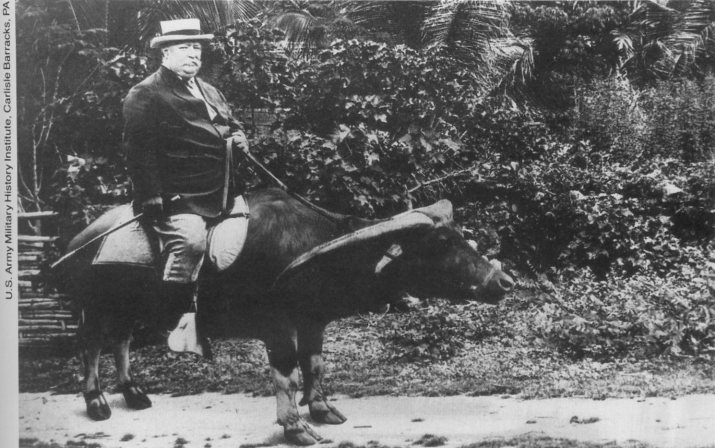
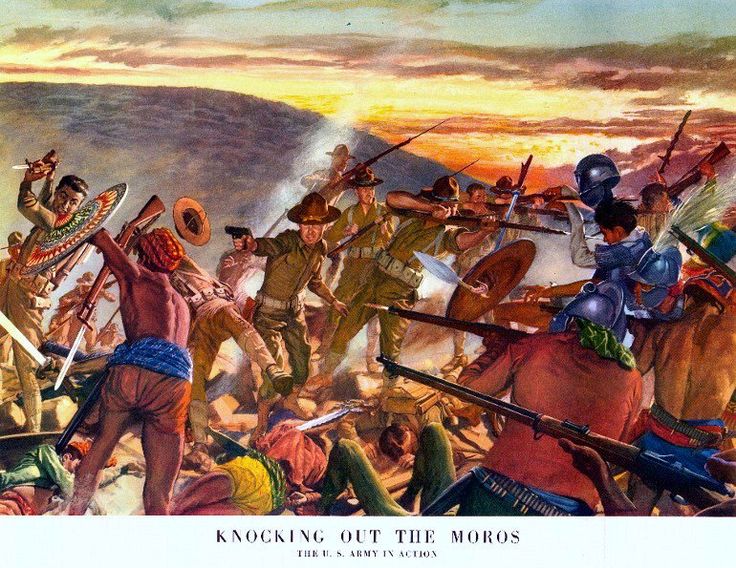
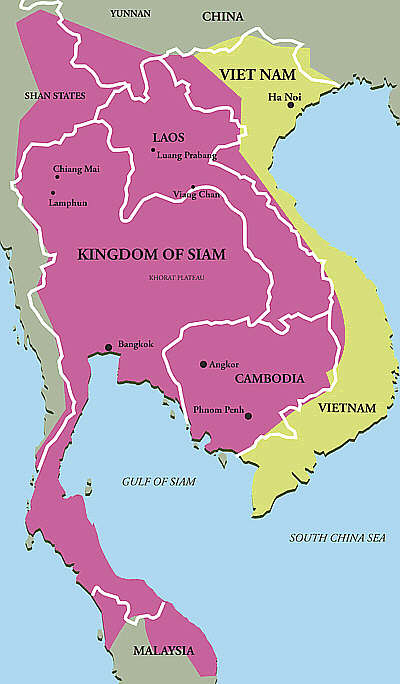
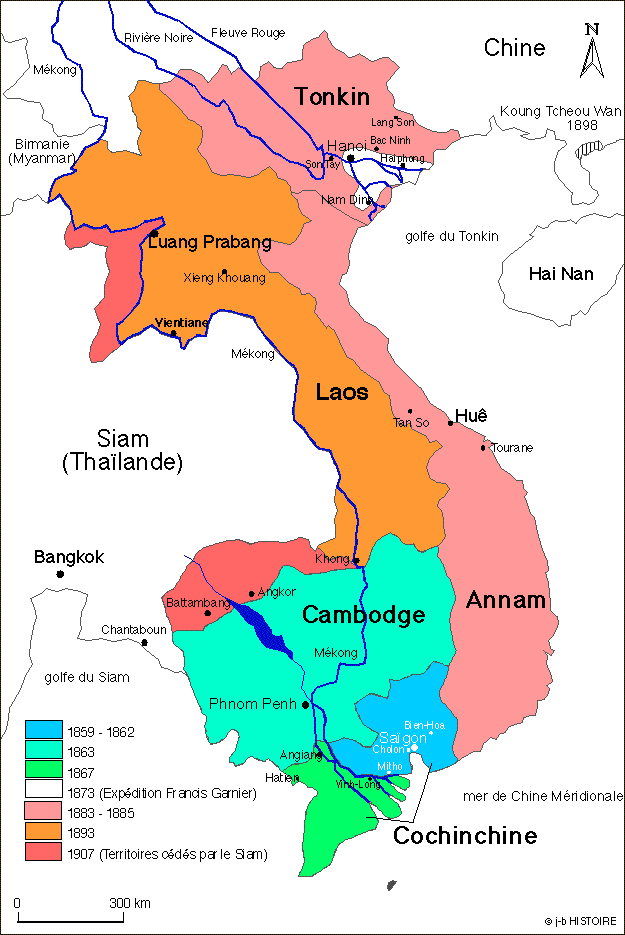
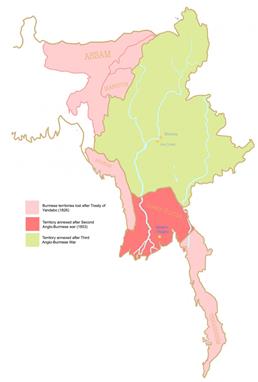
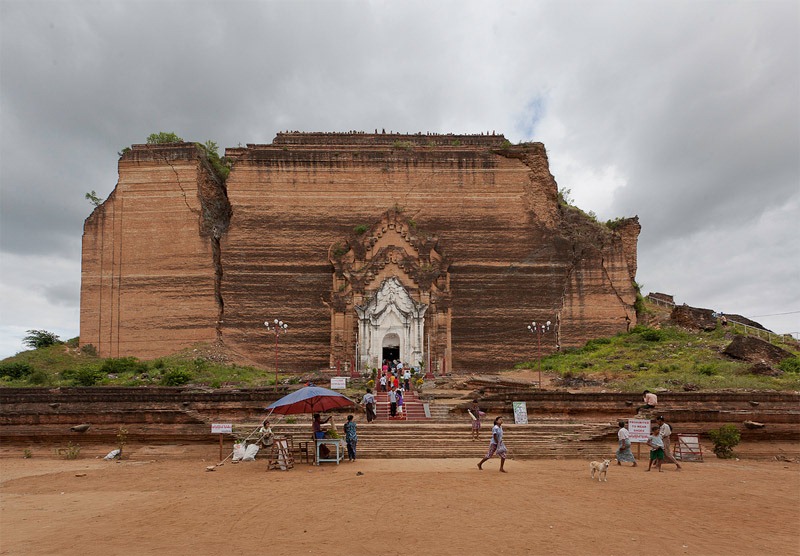

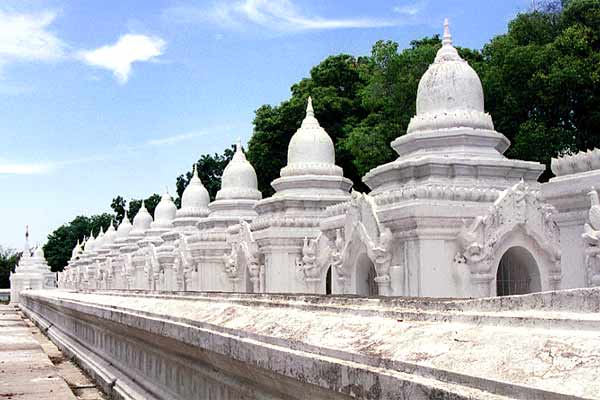
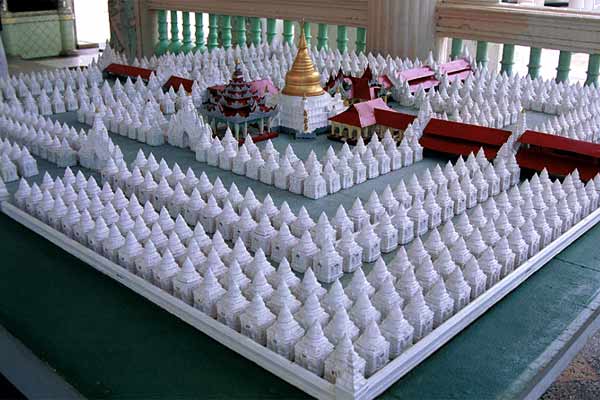
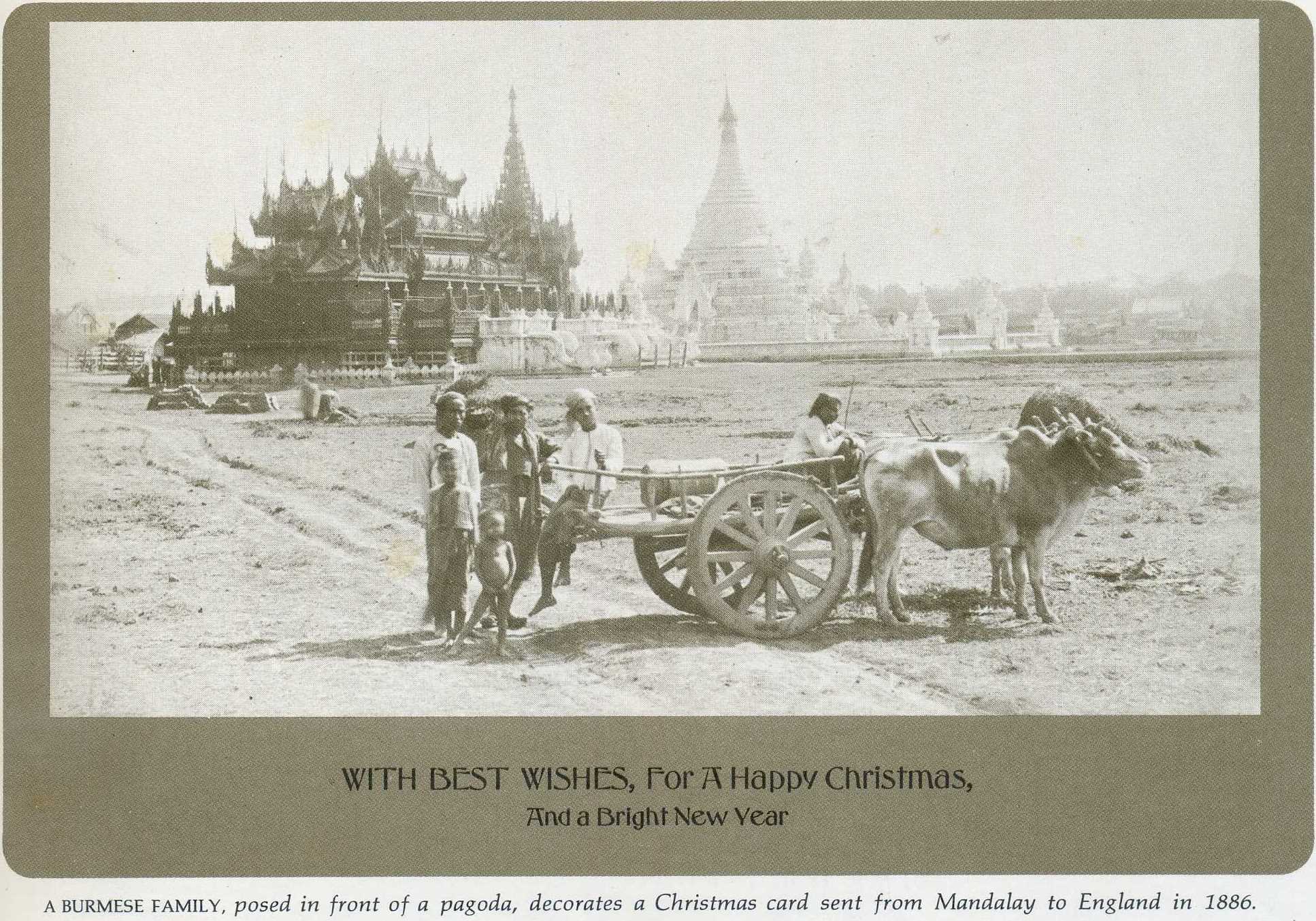
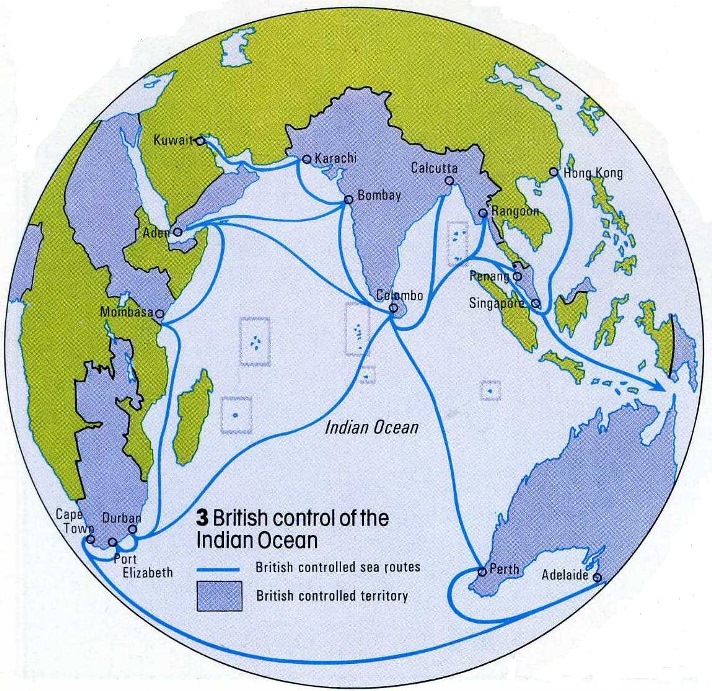
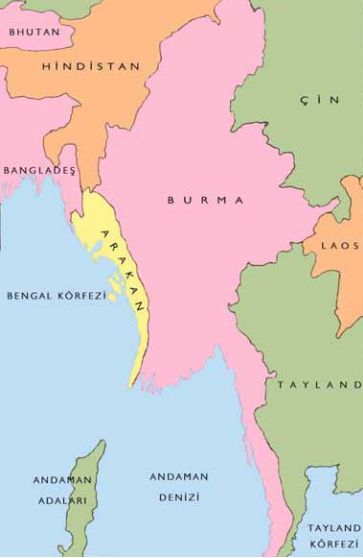
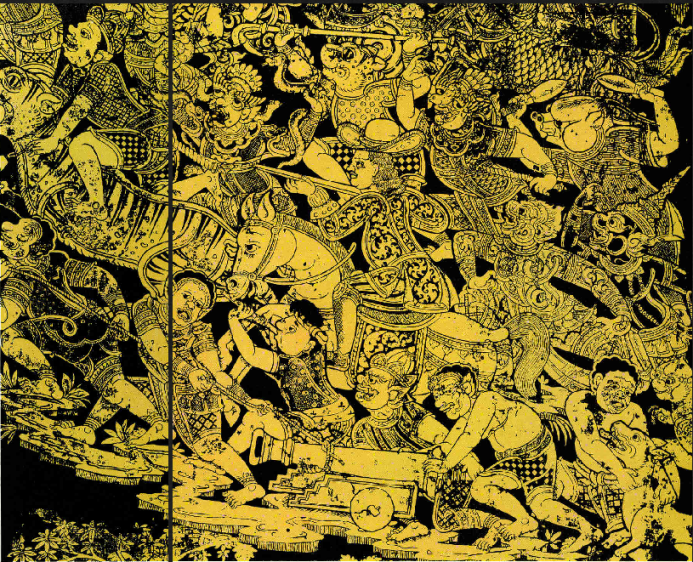
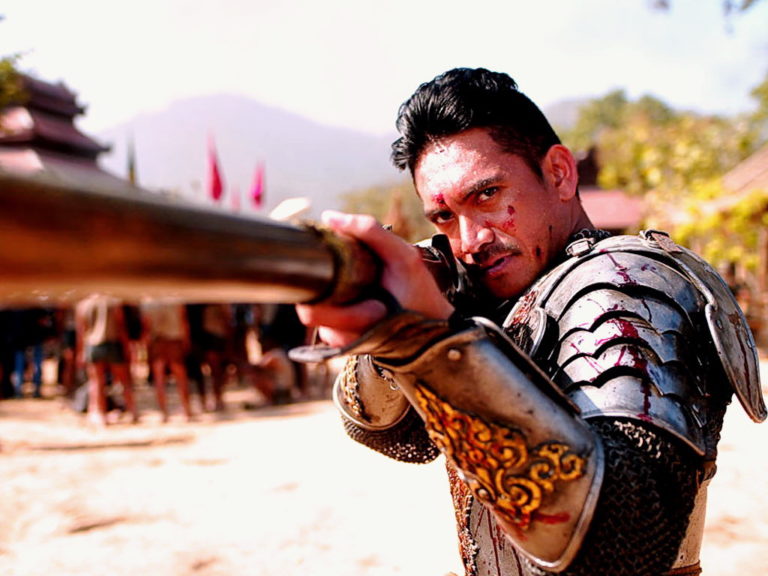
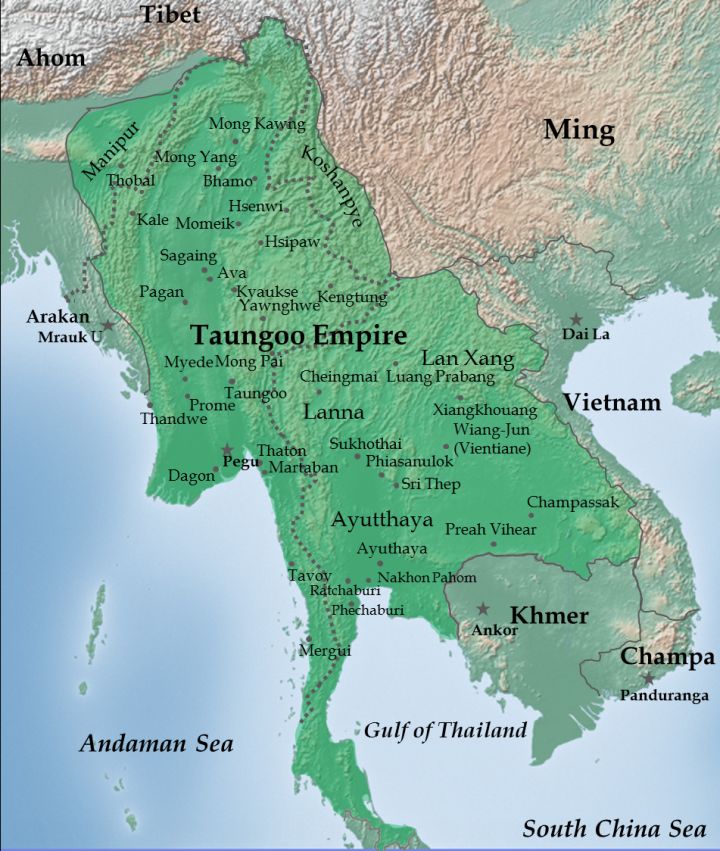
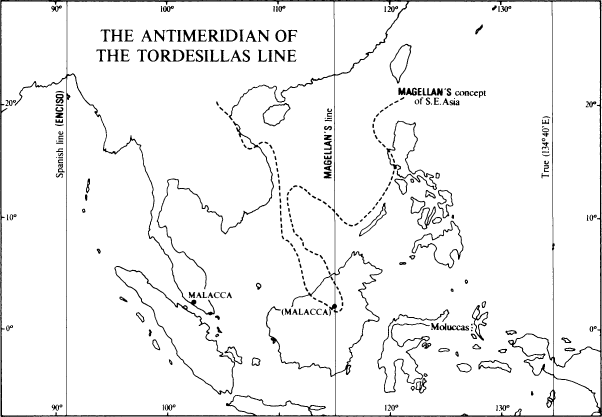
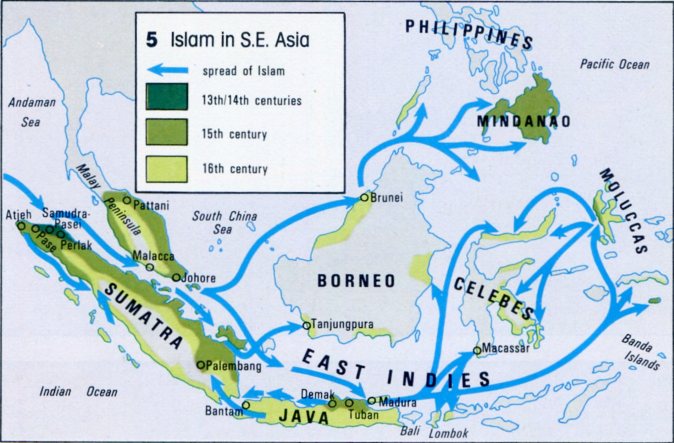
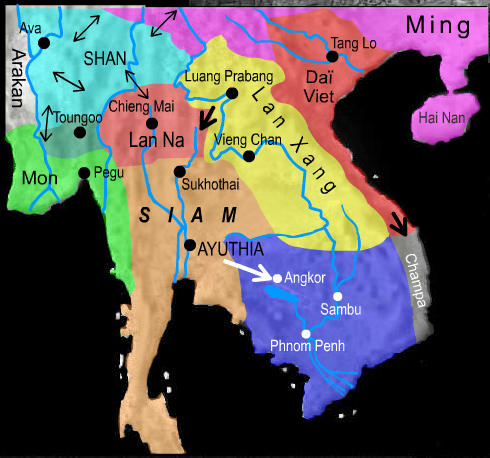
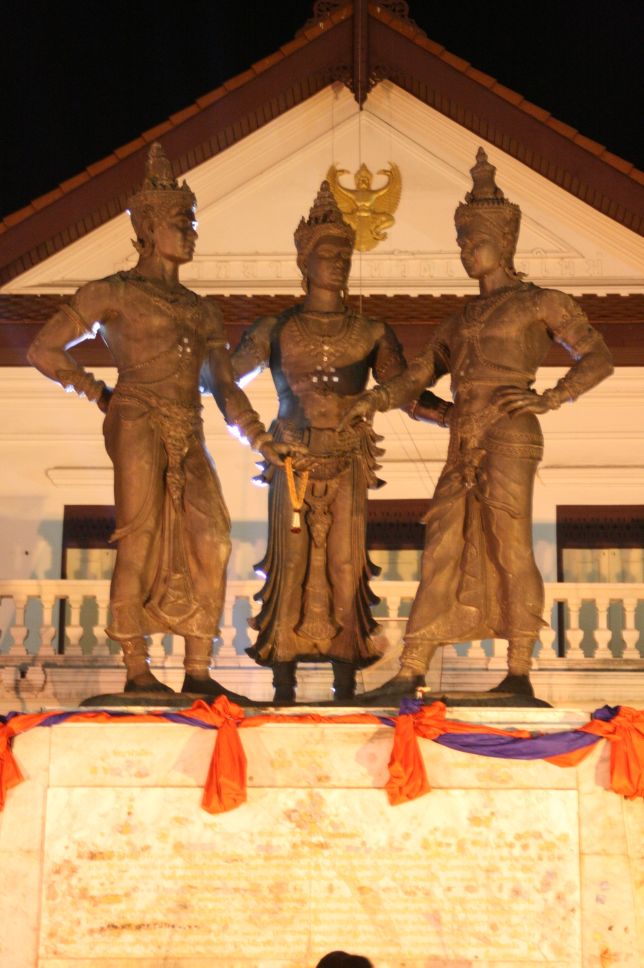
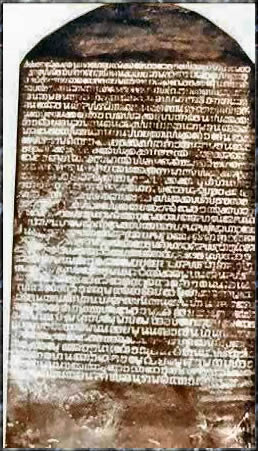
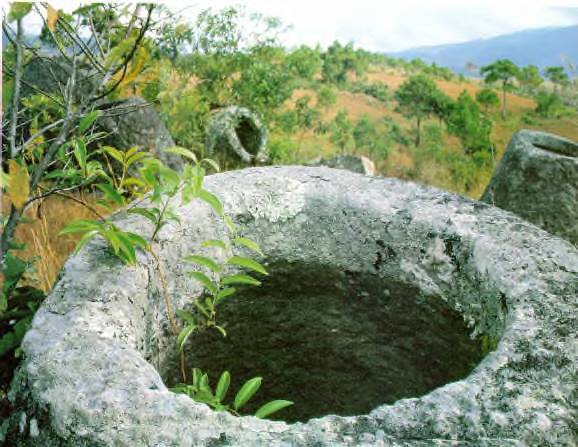

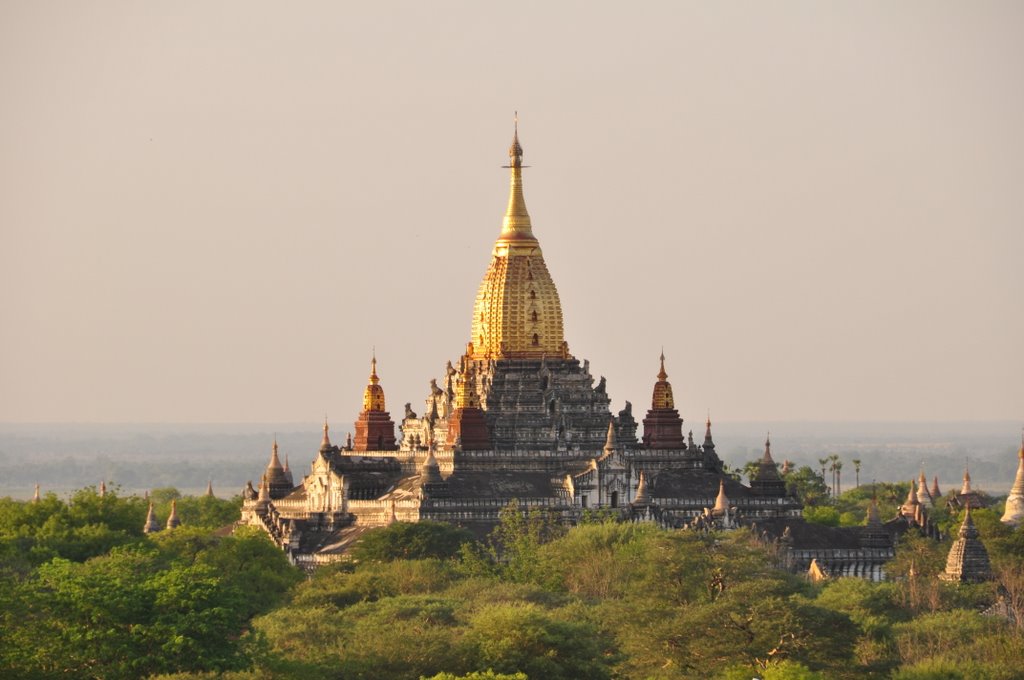 And here is Bagan's most spectacular building, the Ananda Temple.
And here is Bagan's most spectacular building, the Ananda Temple.